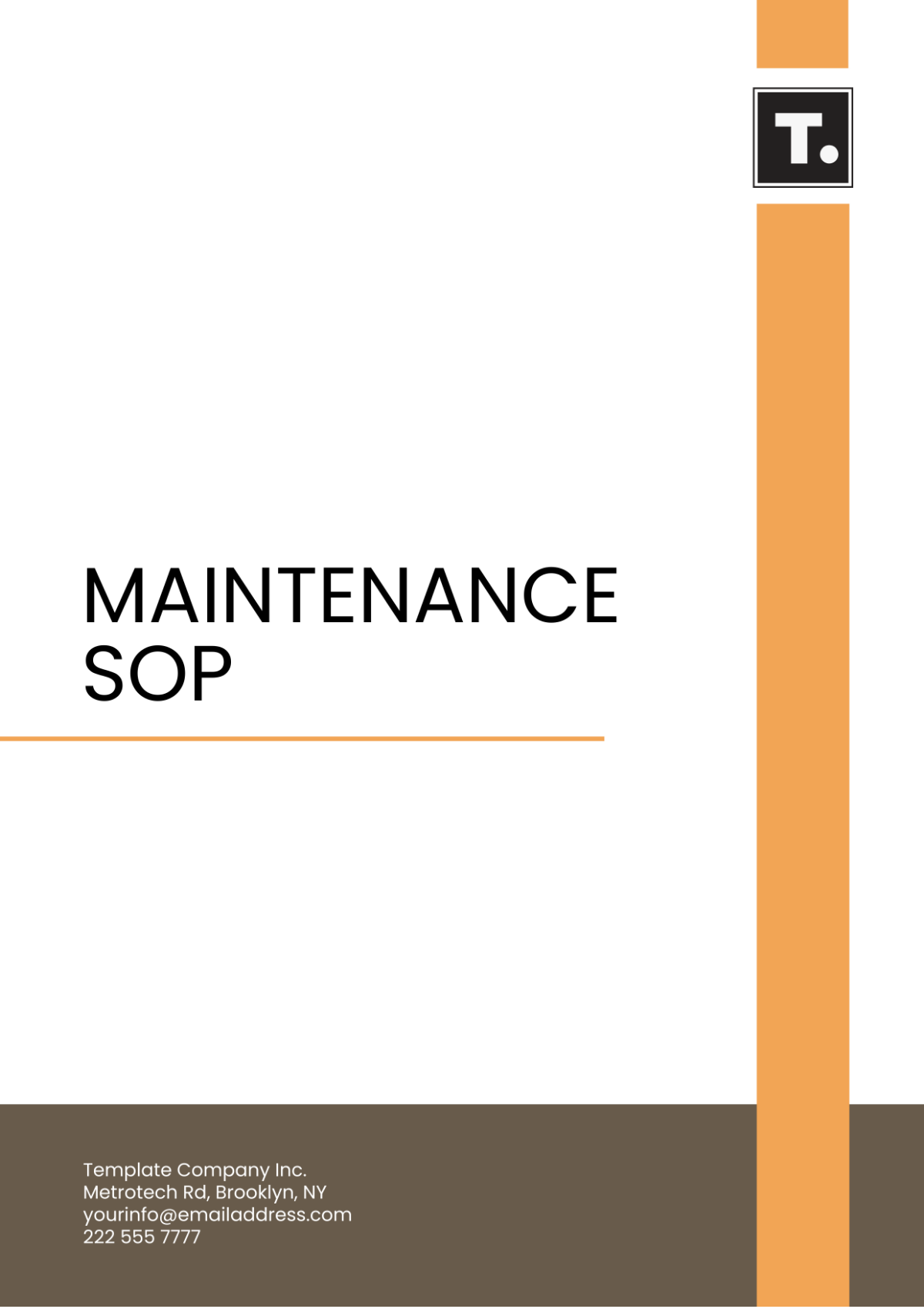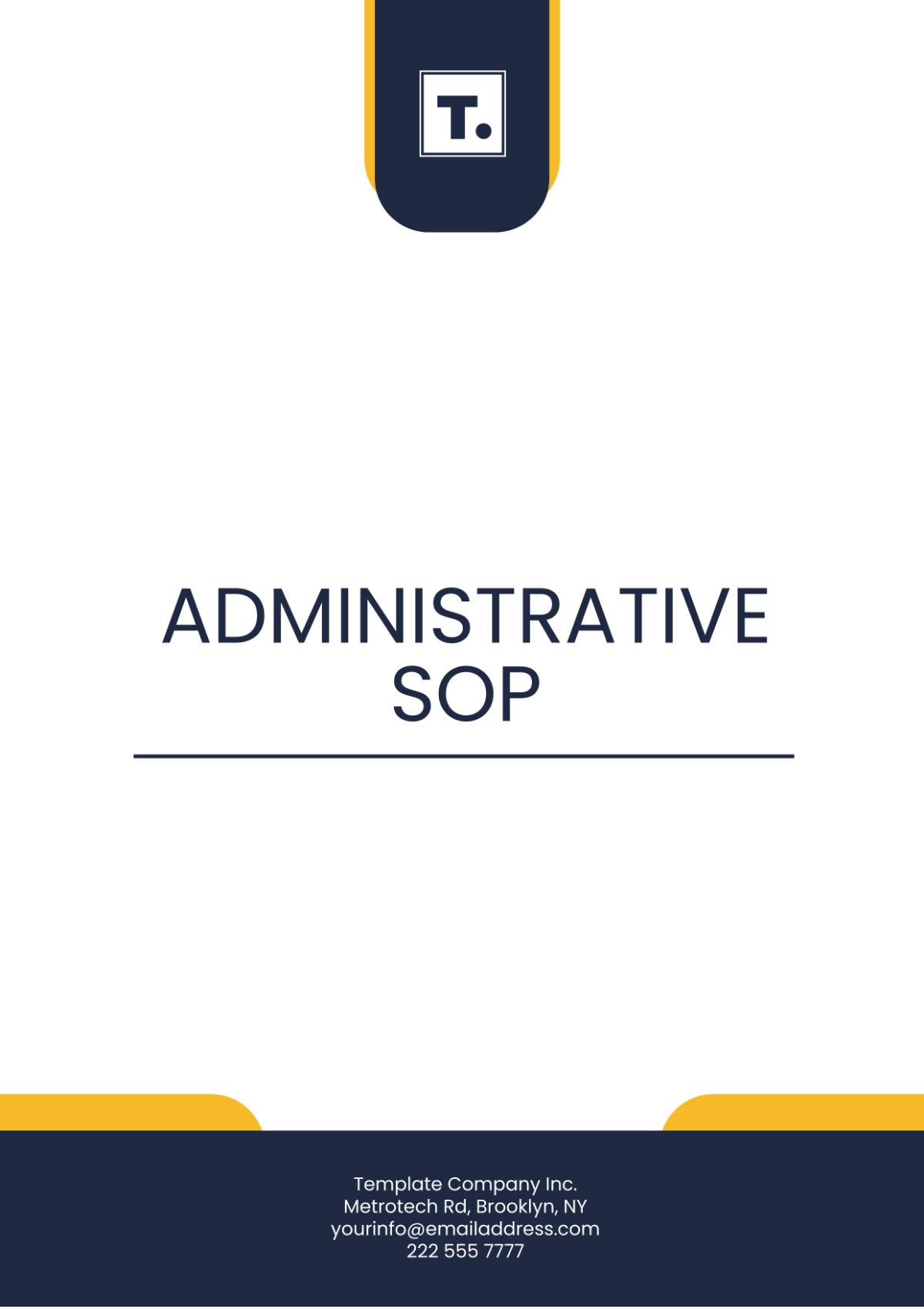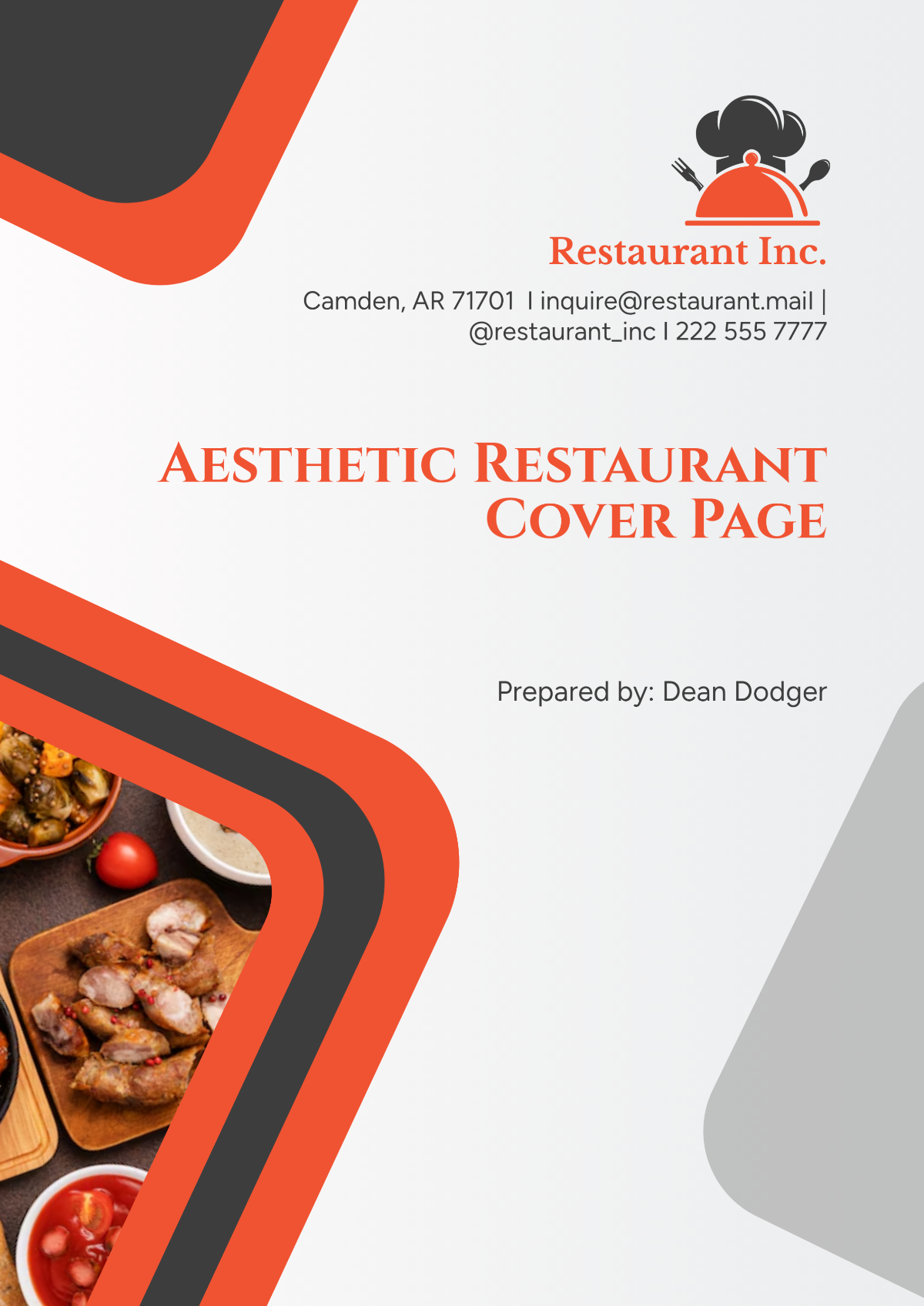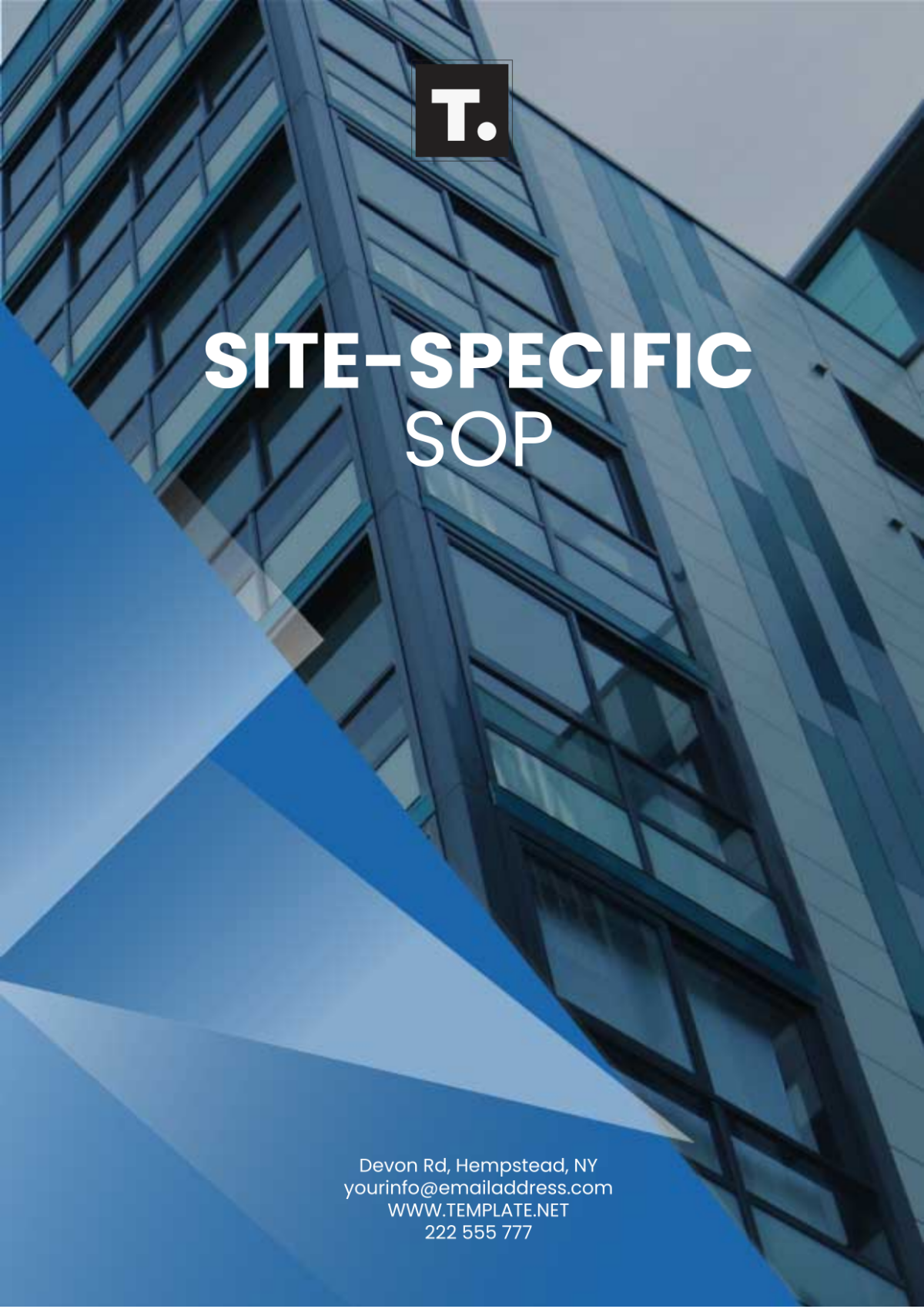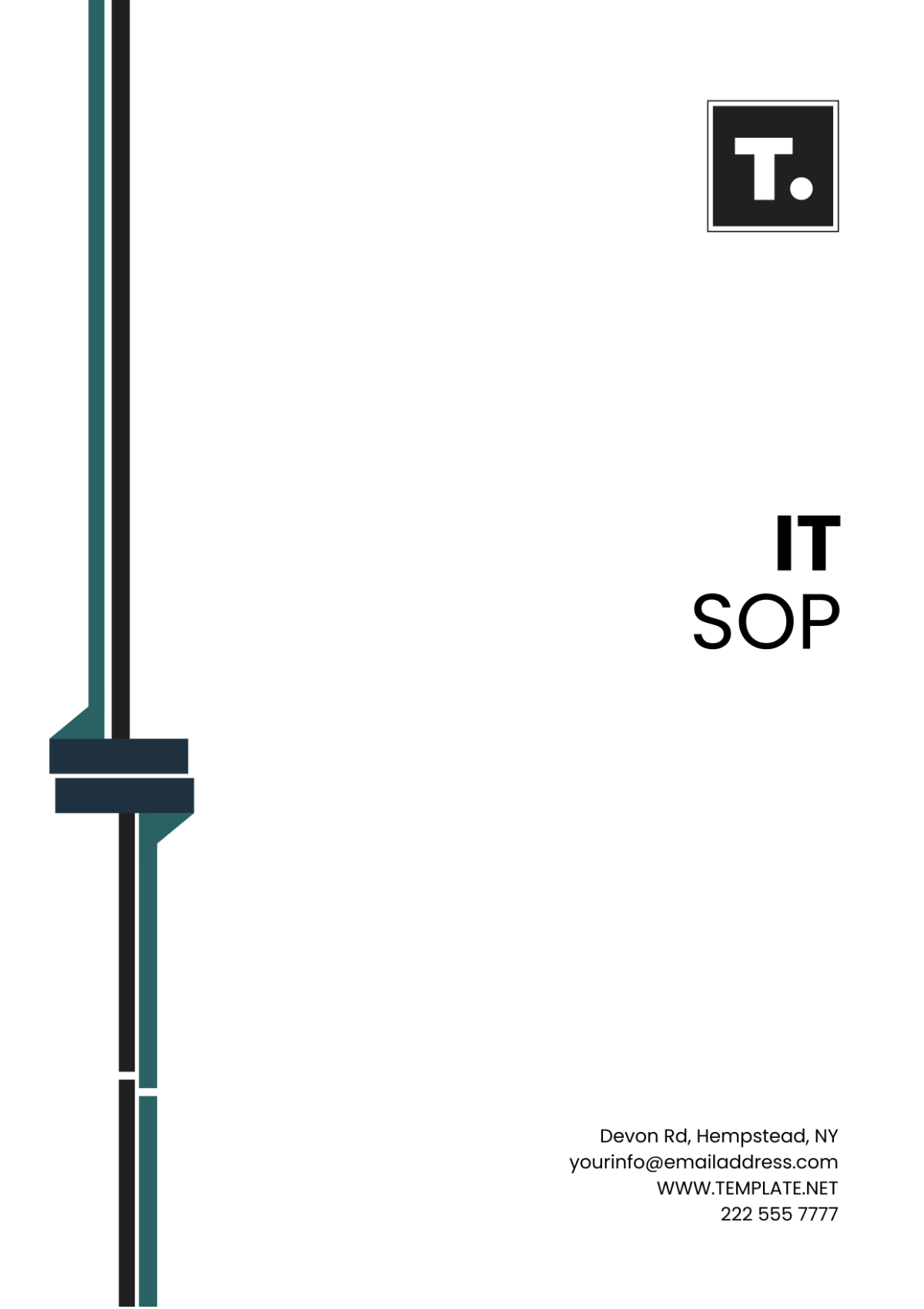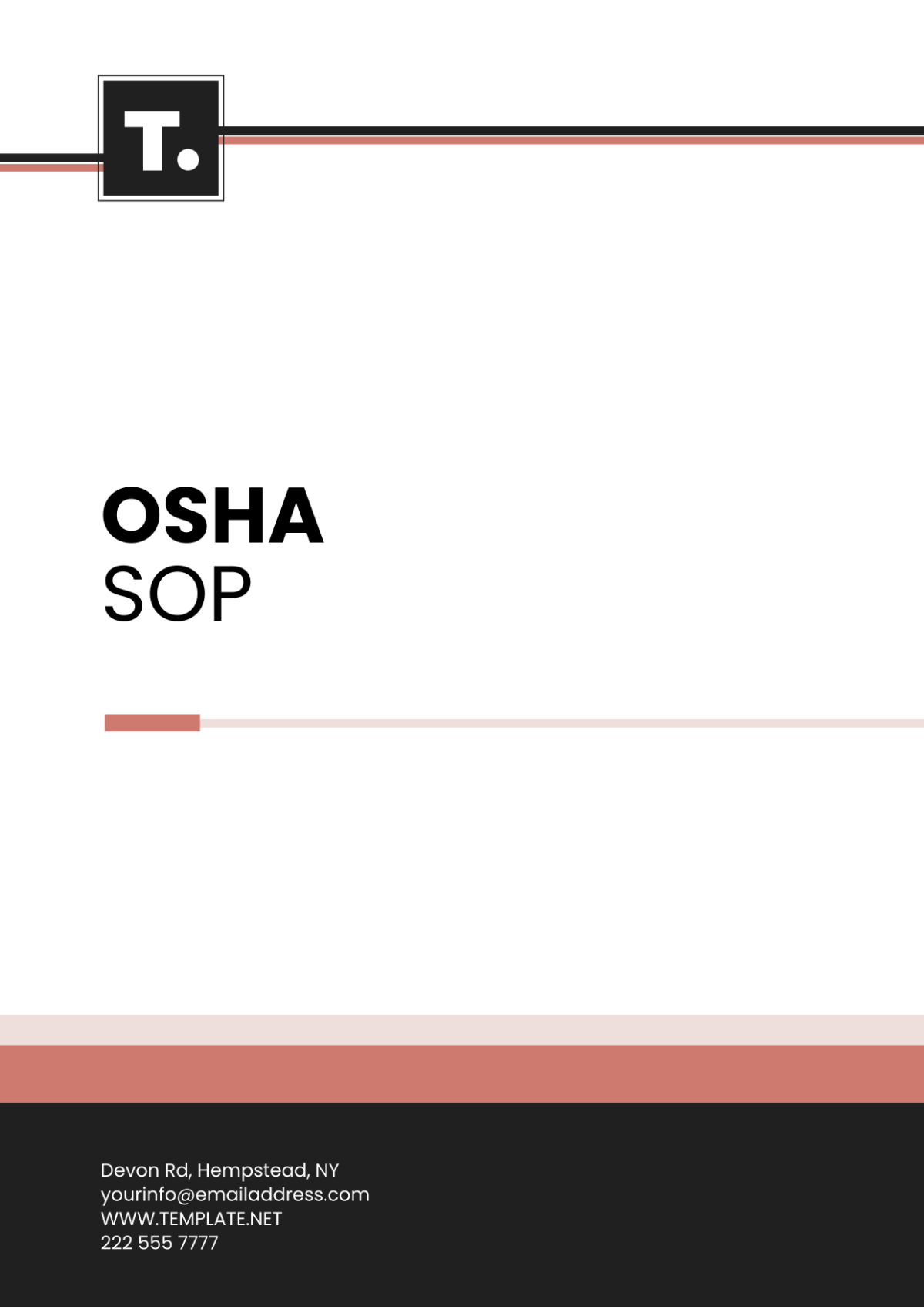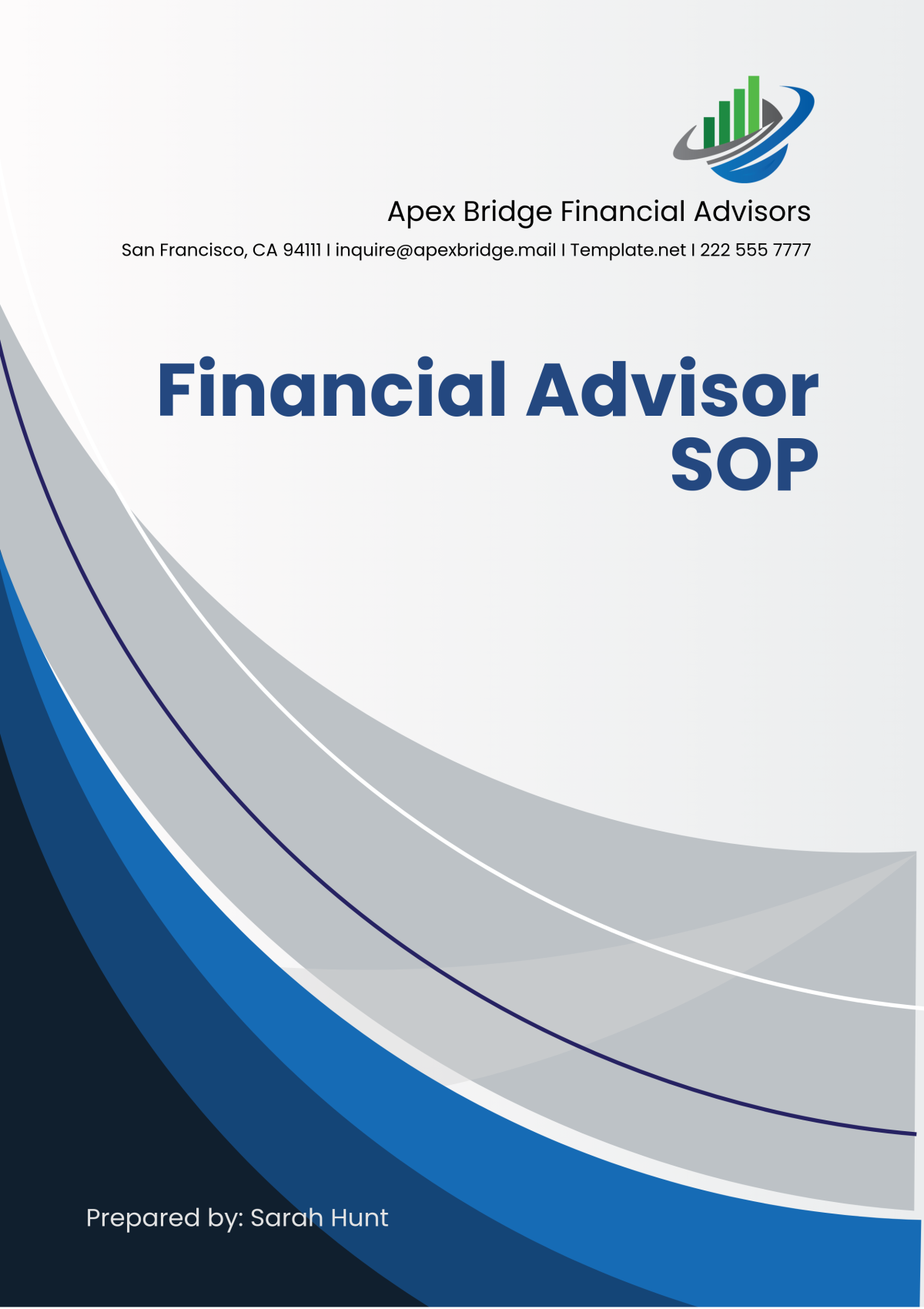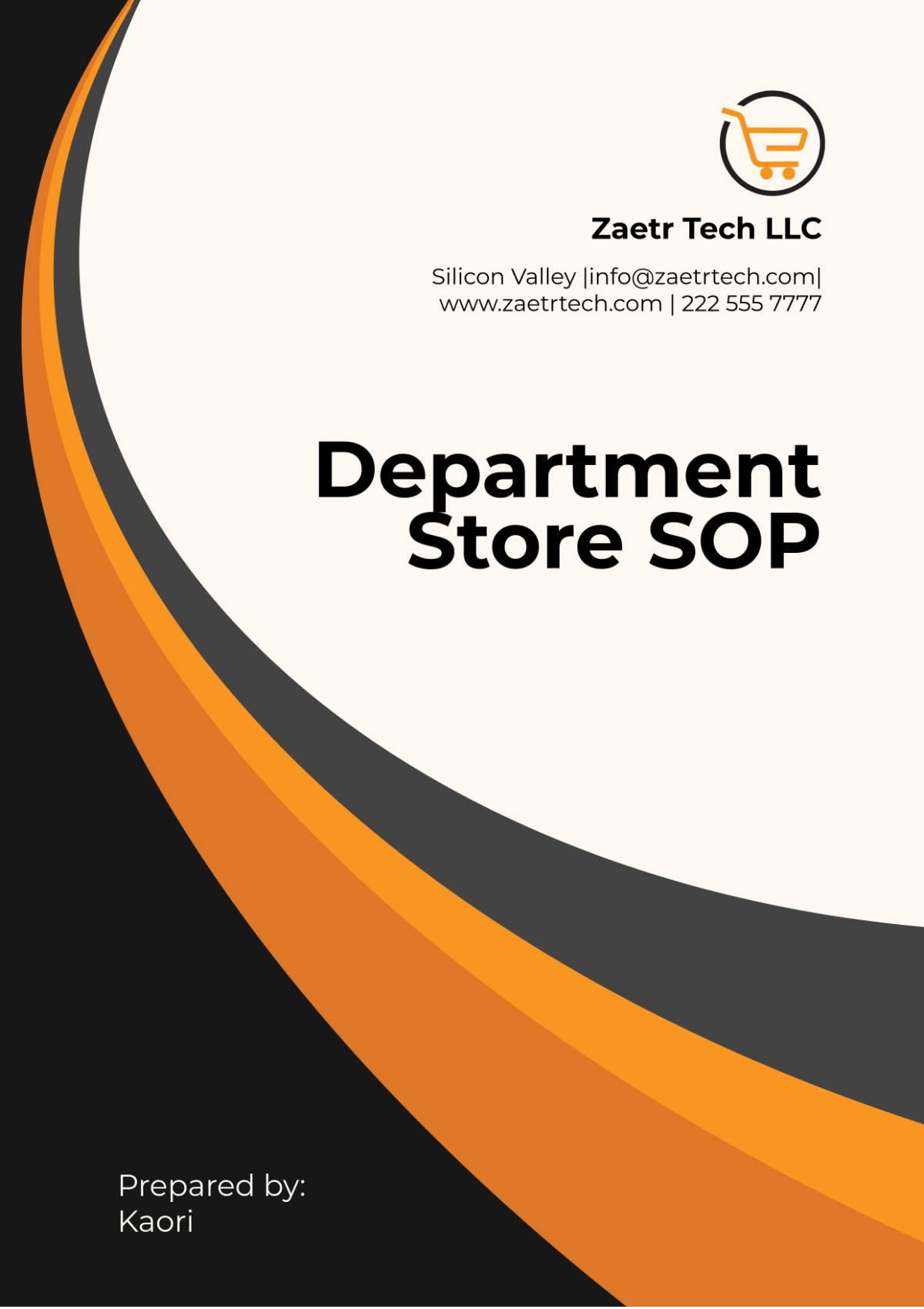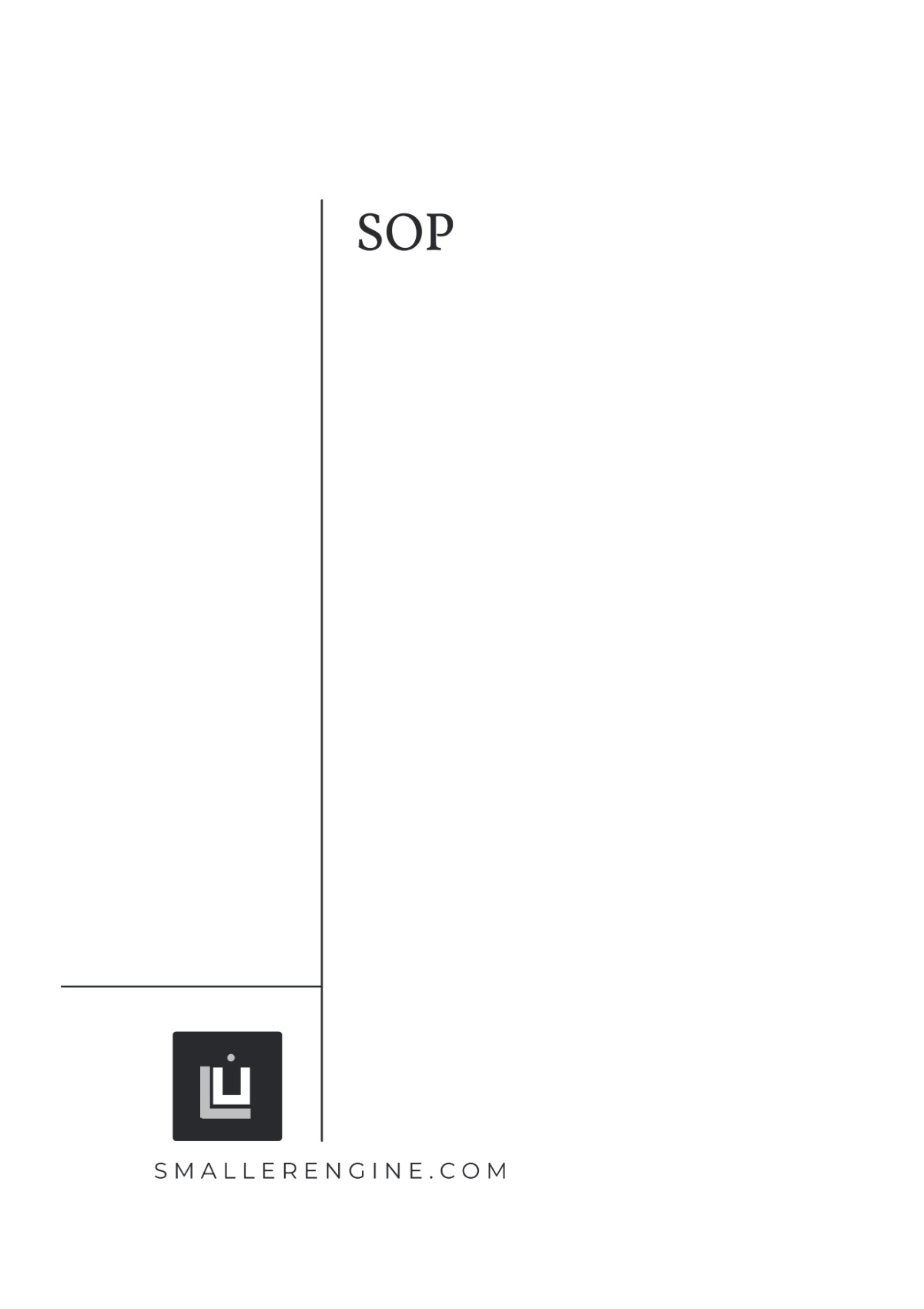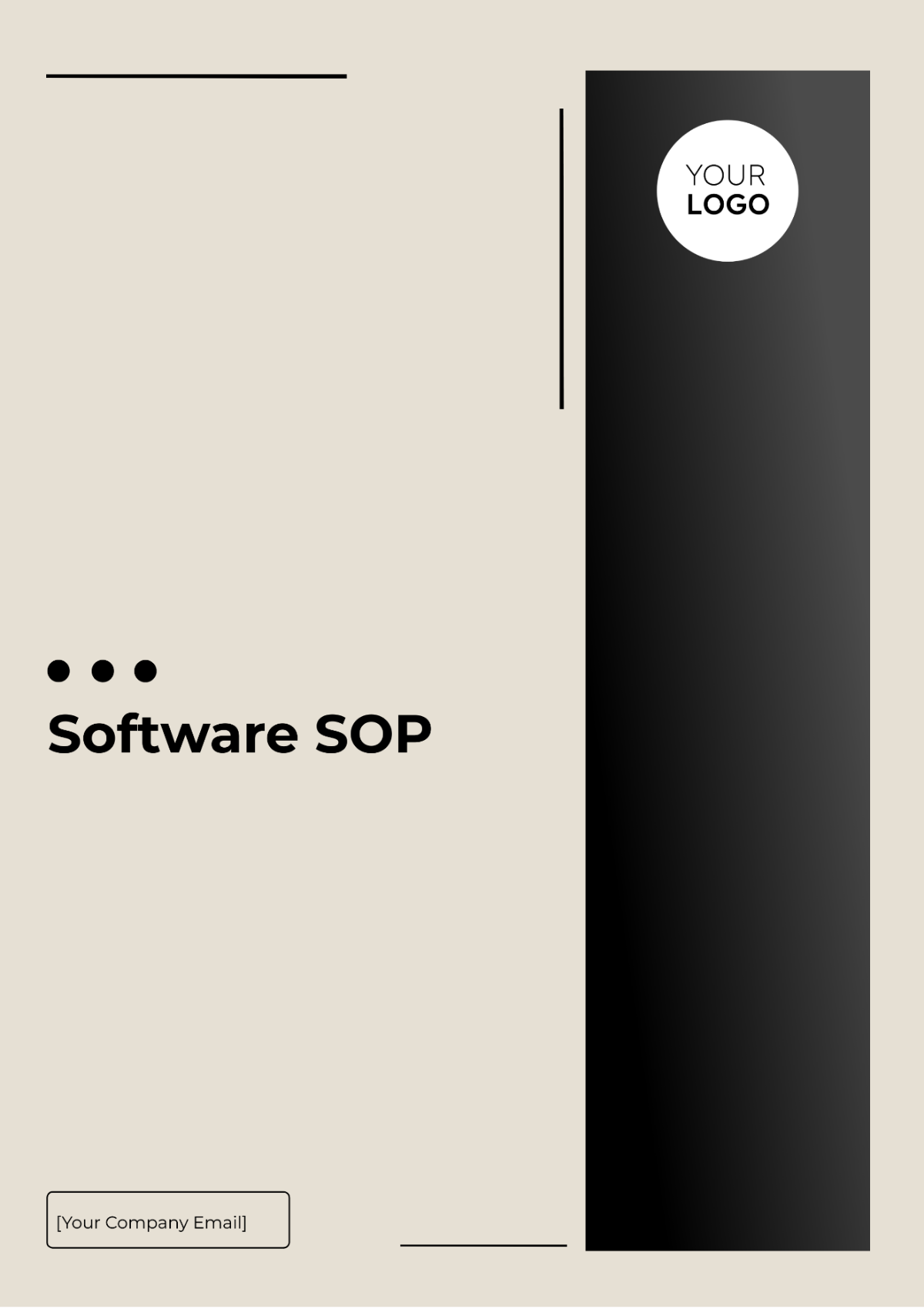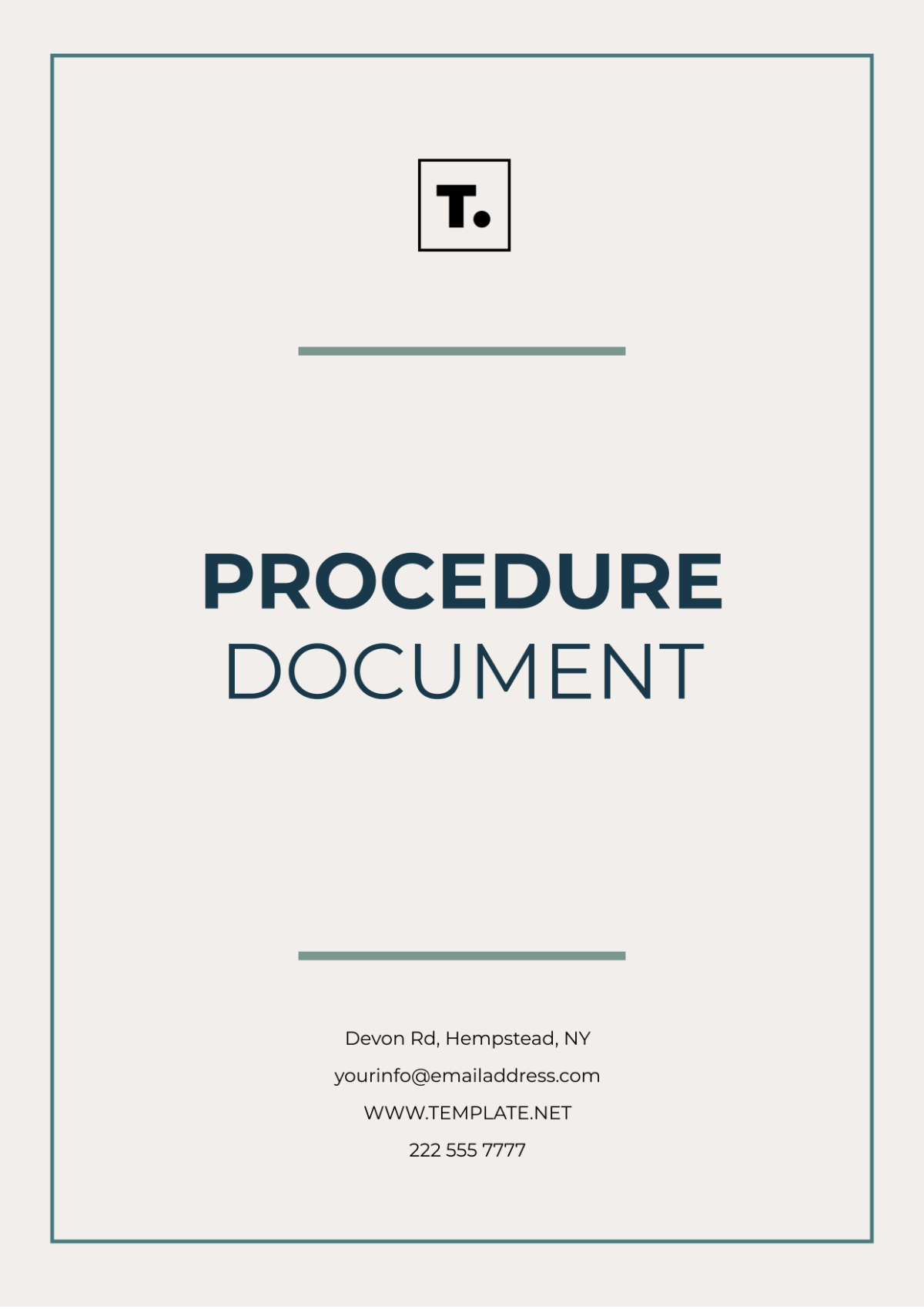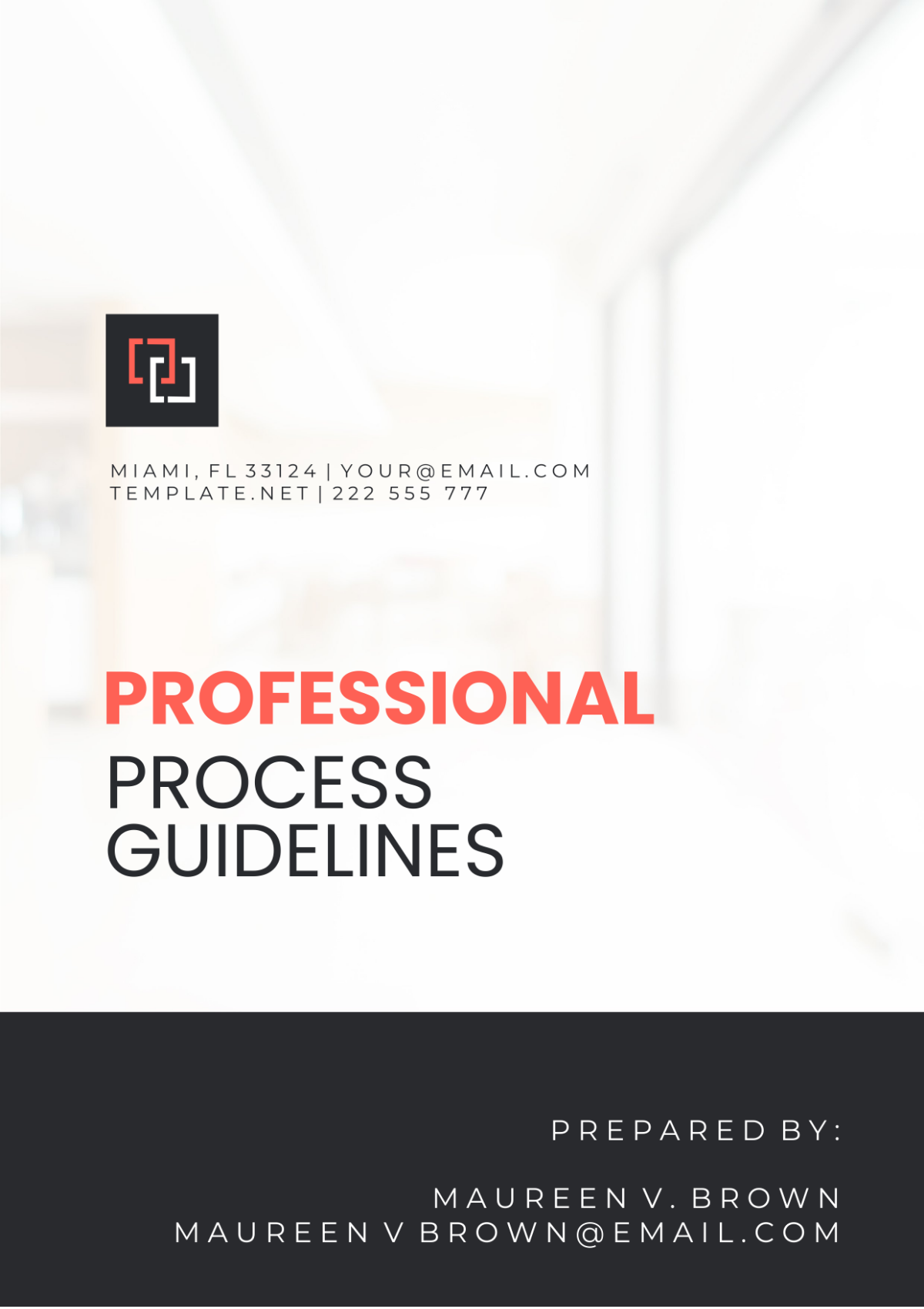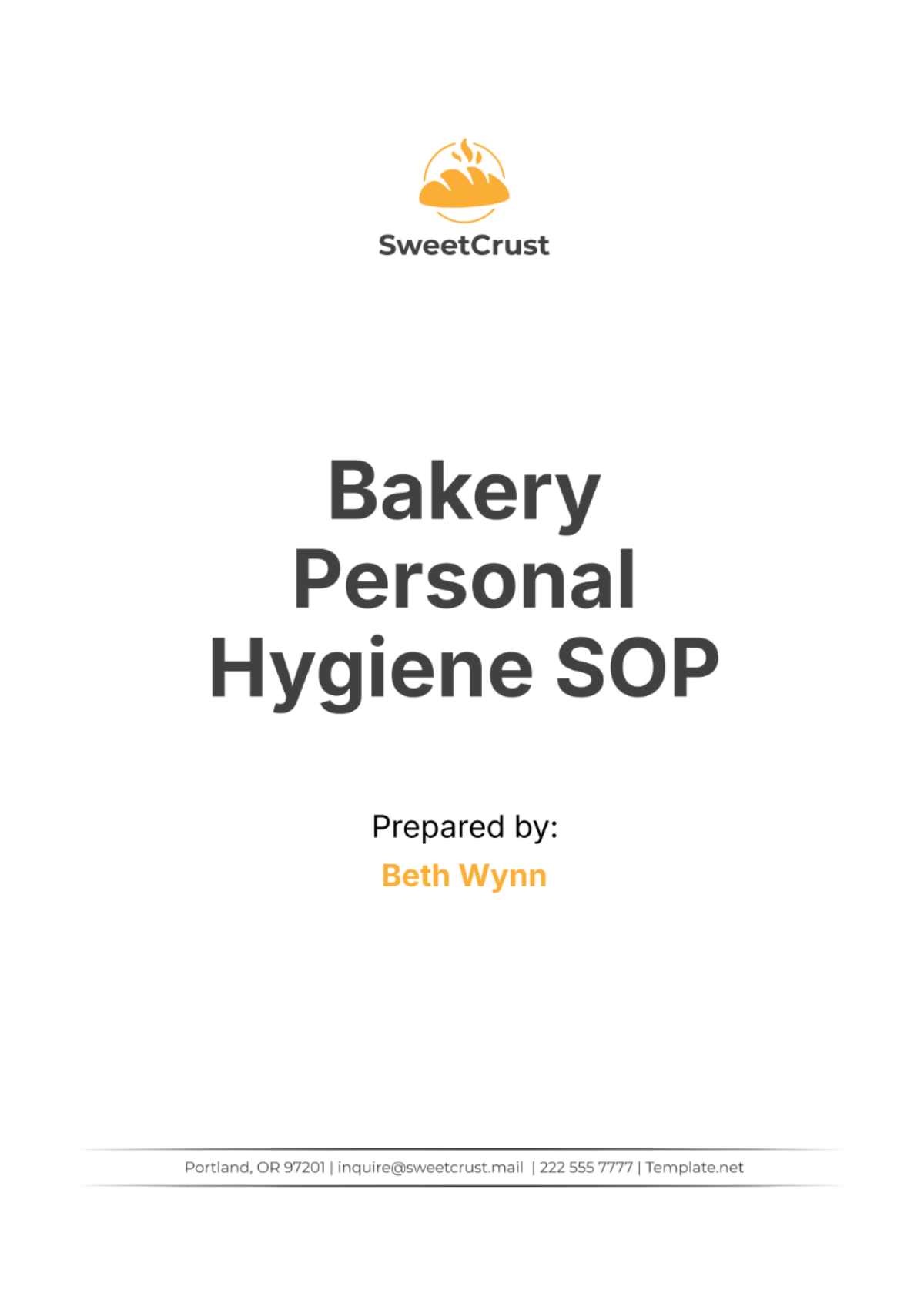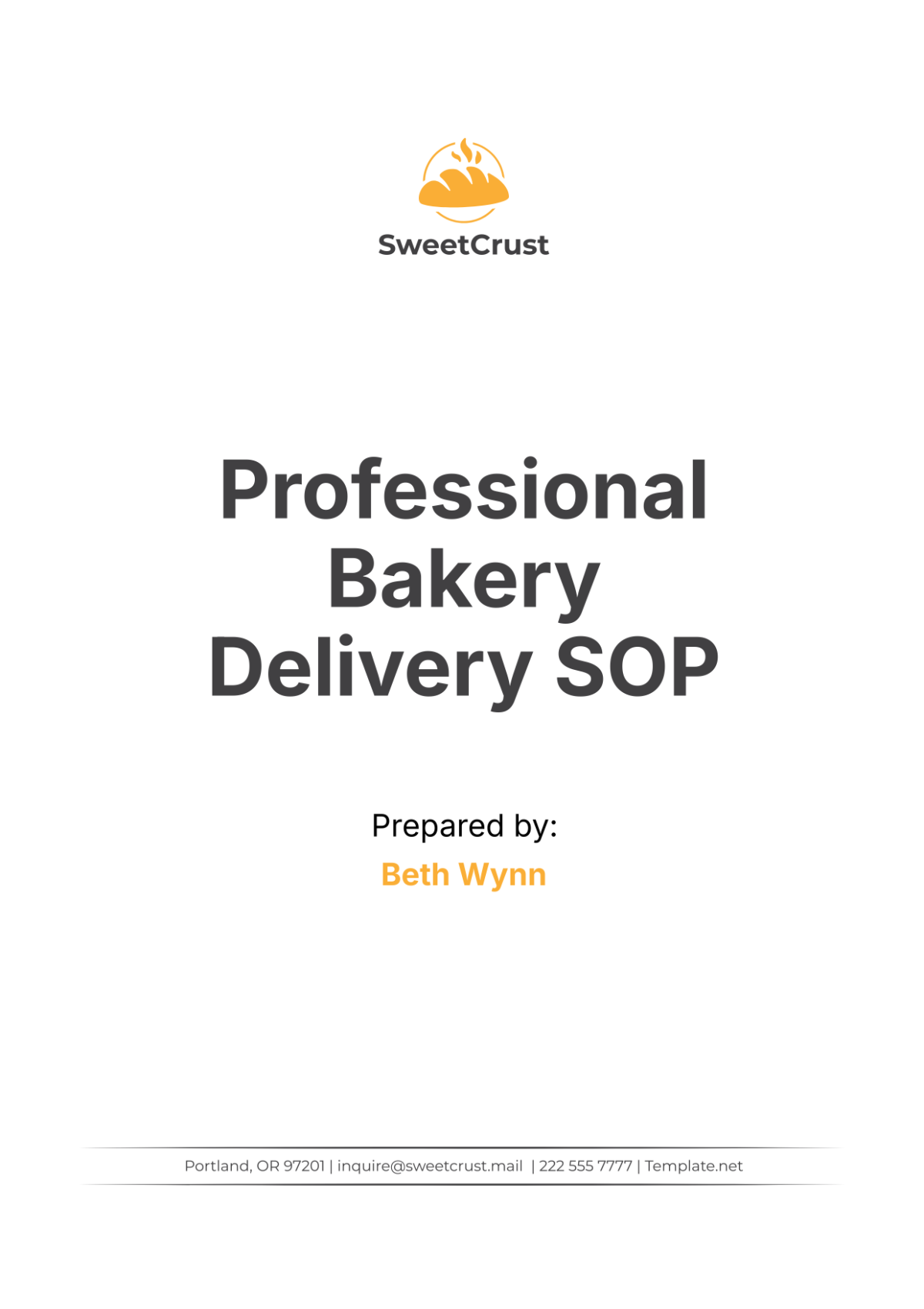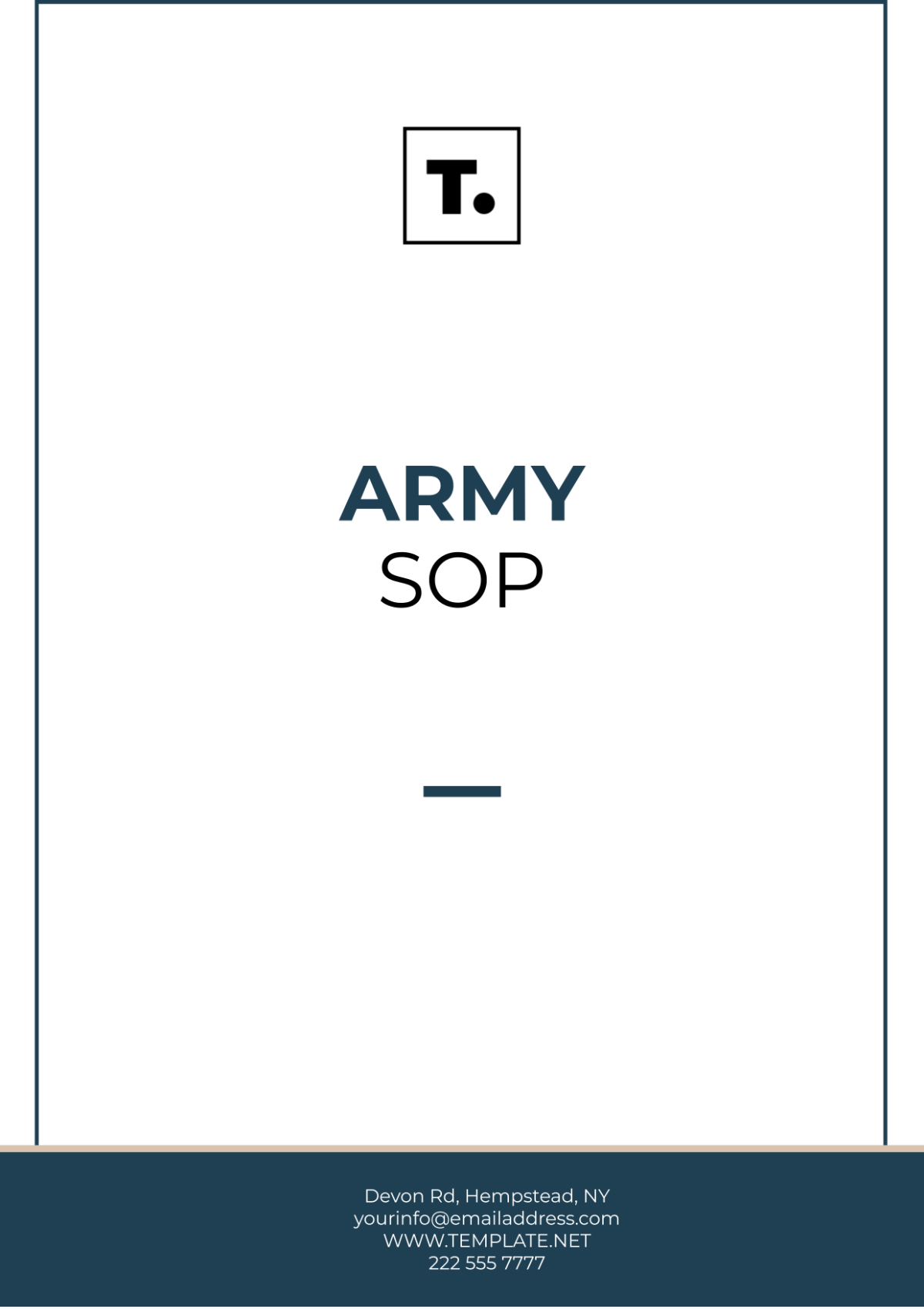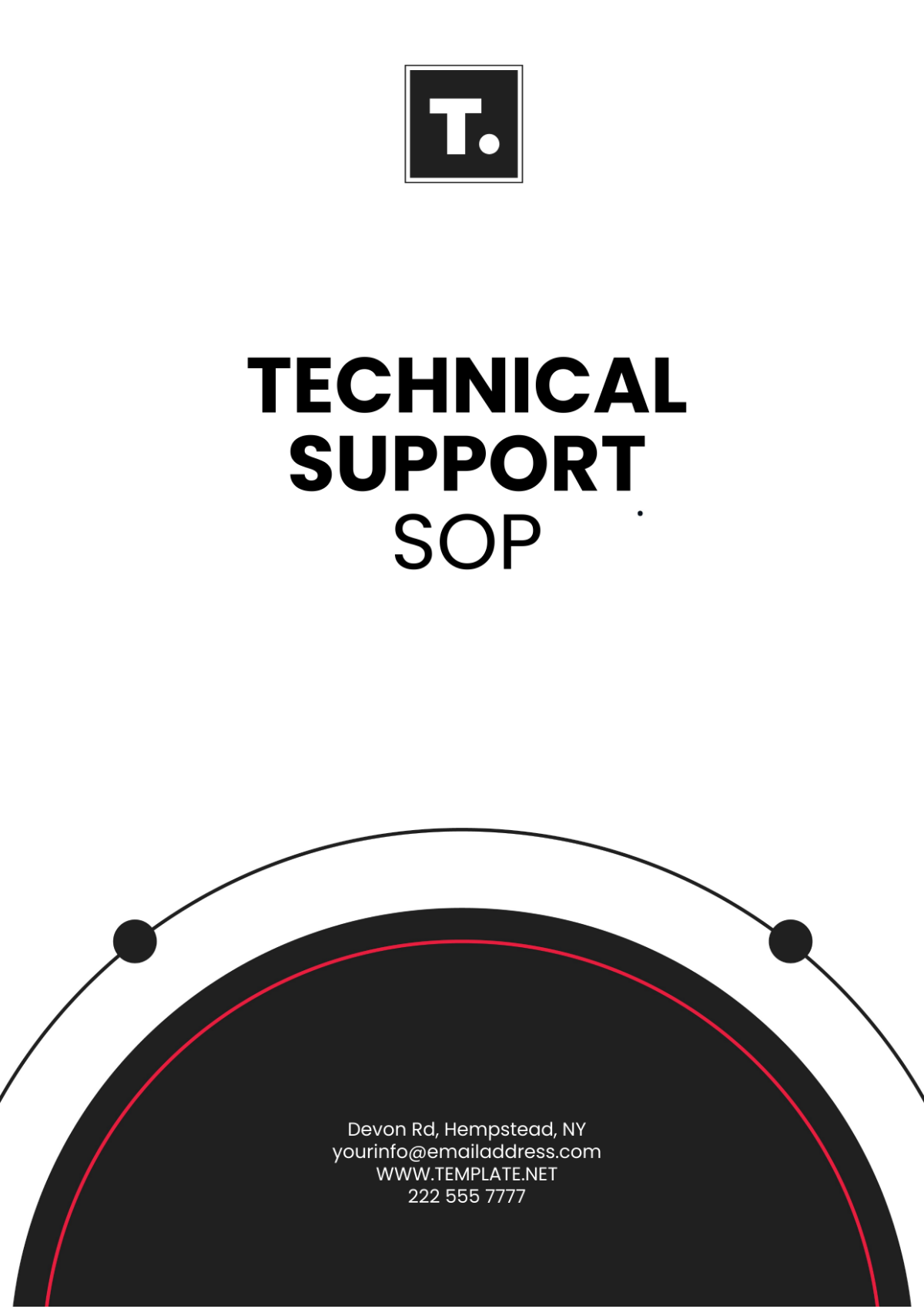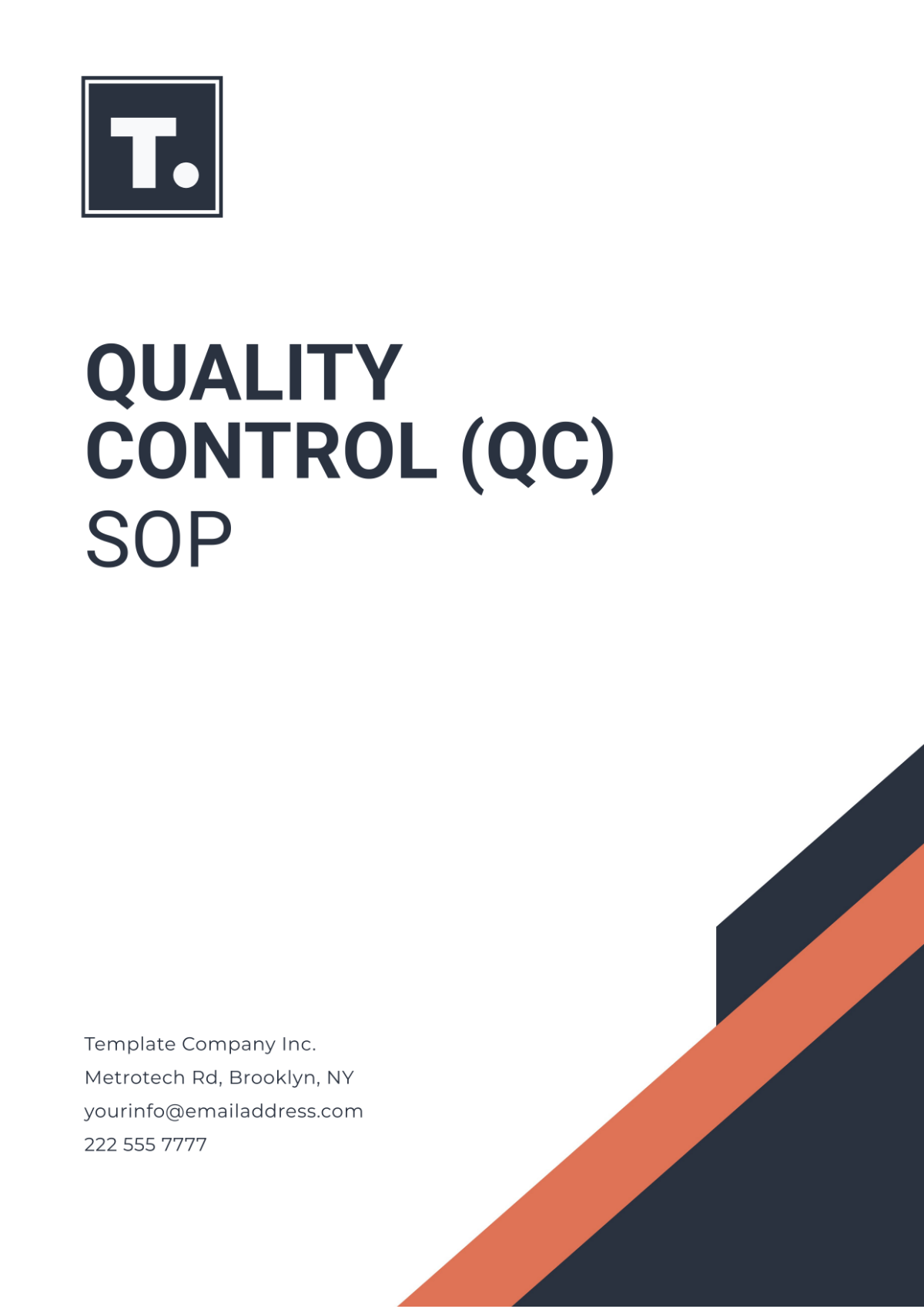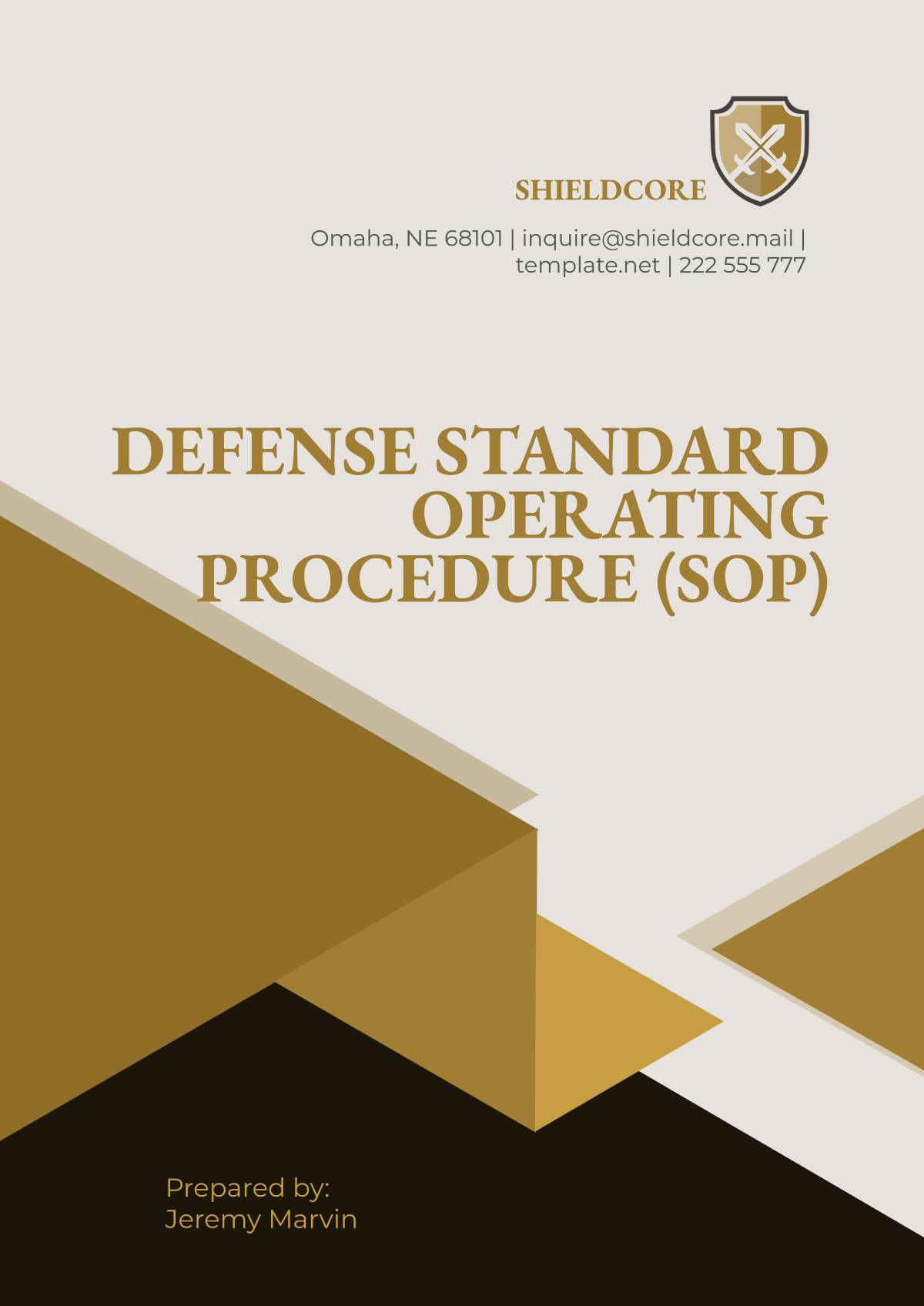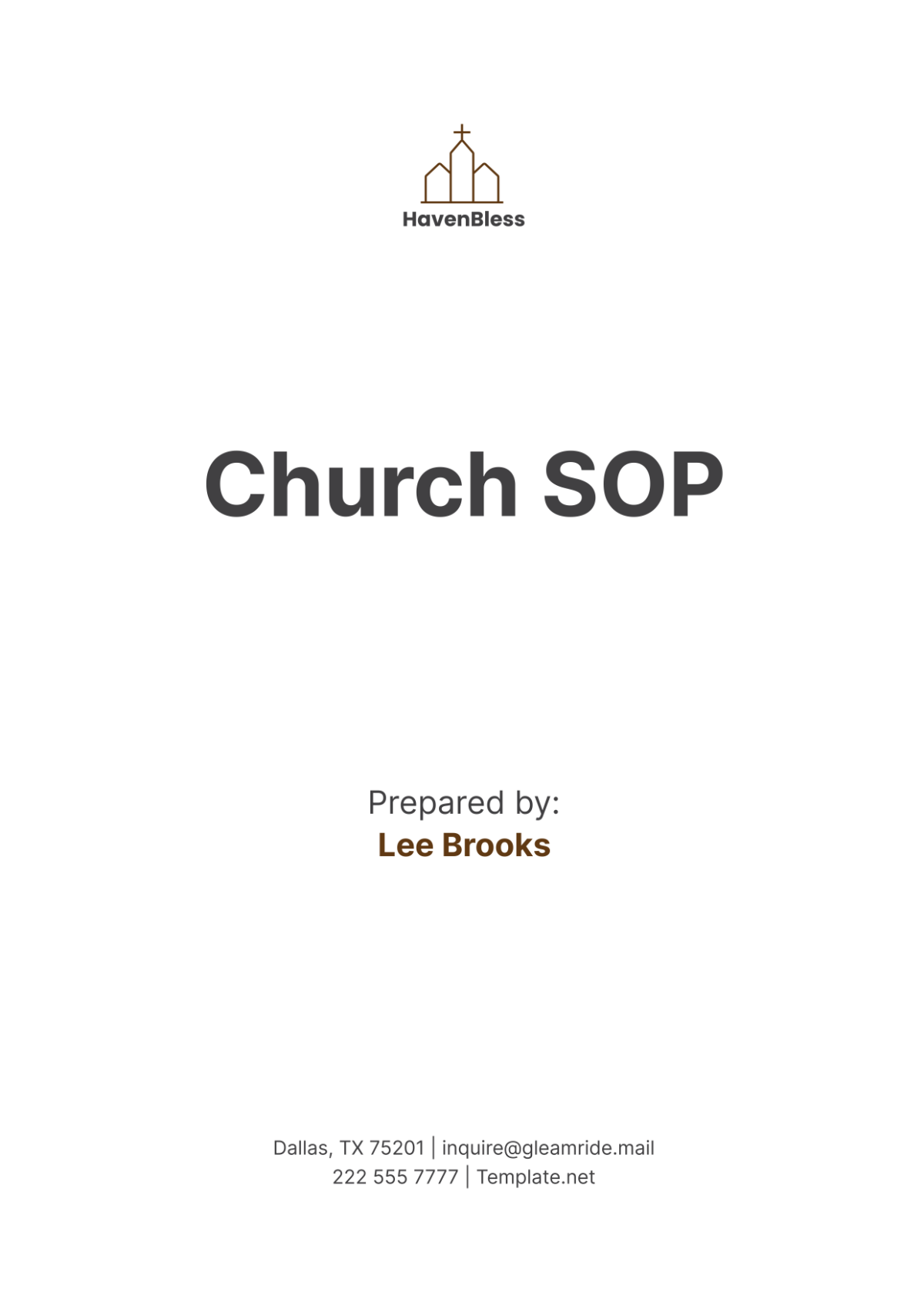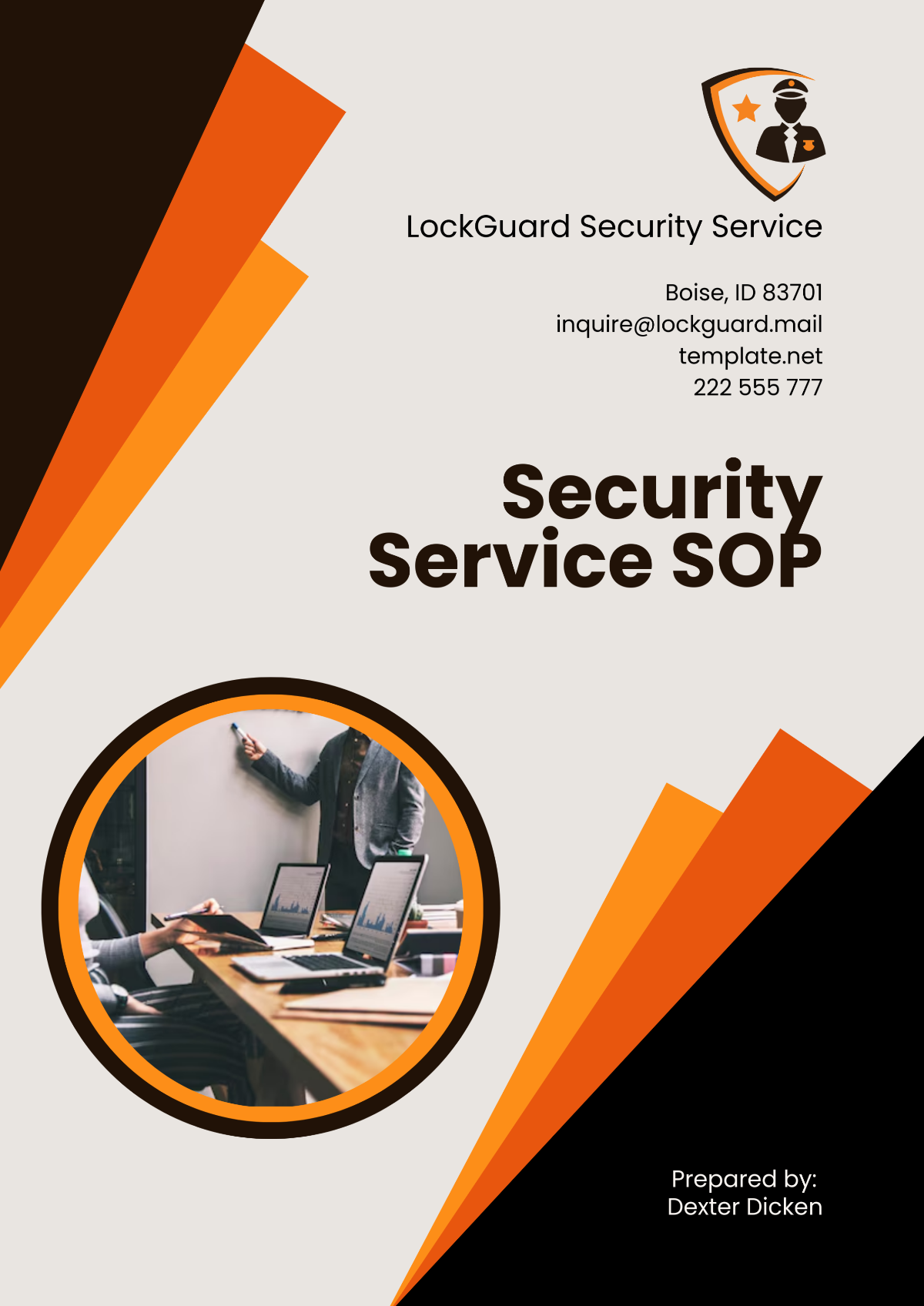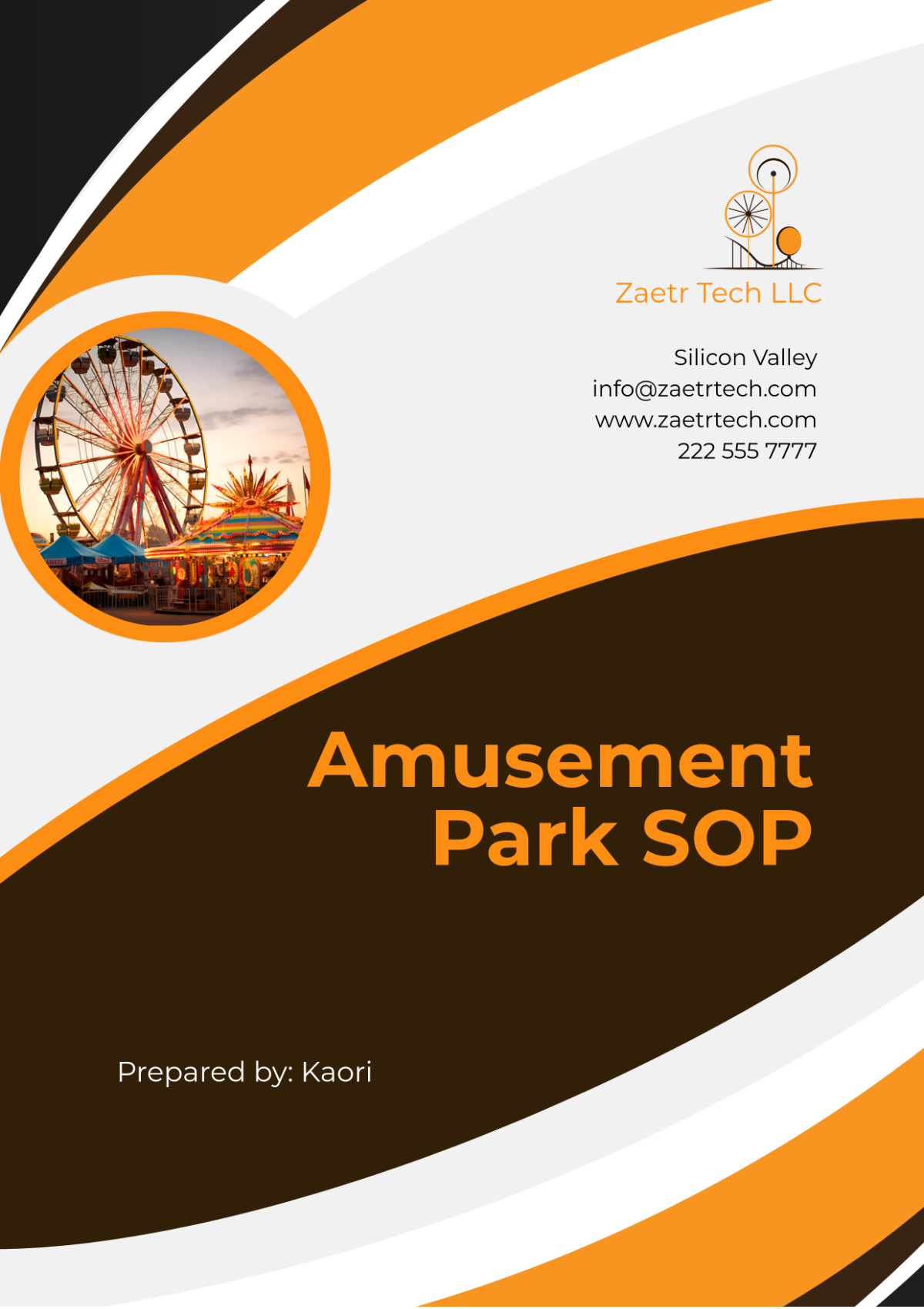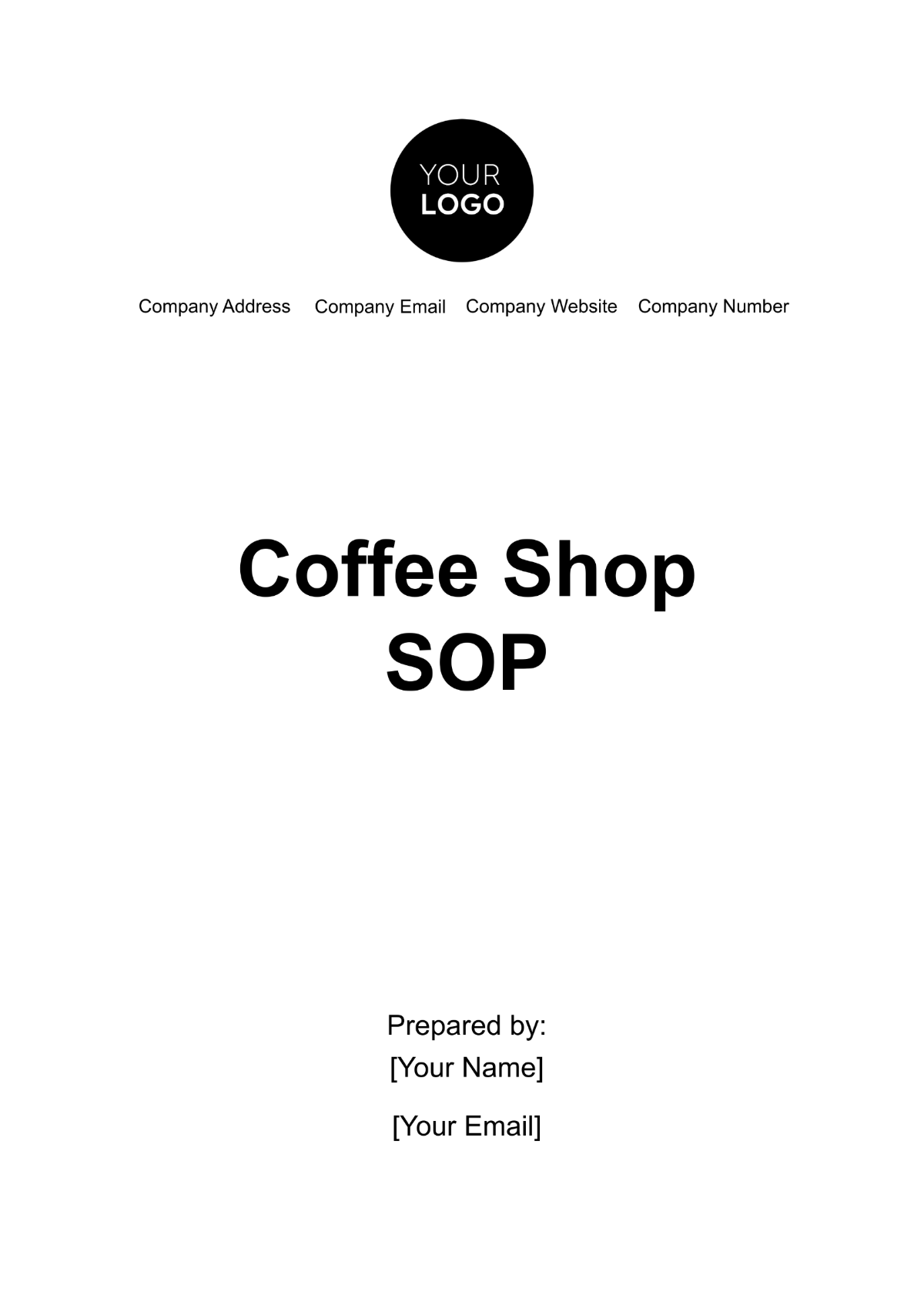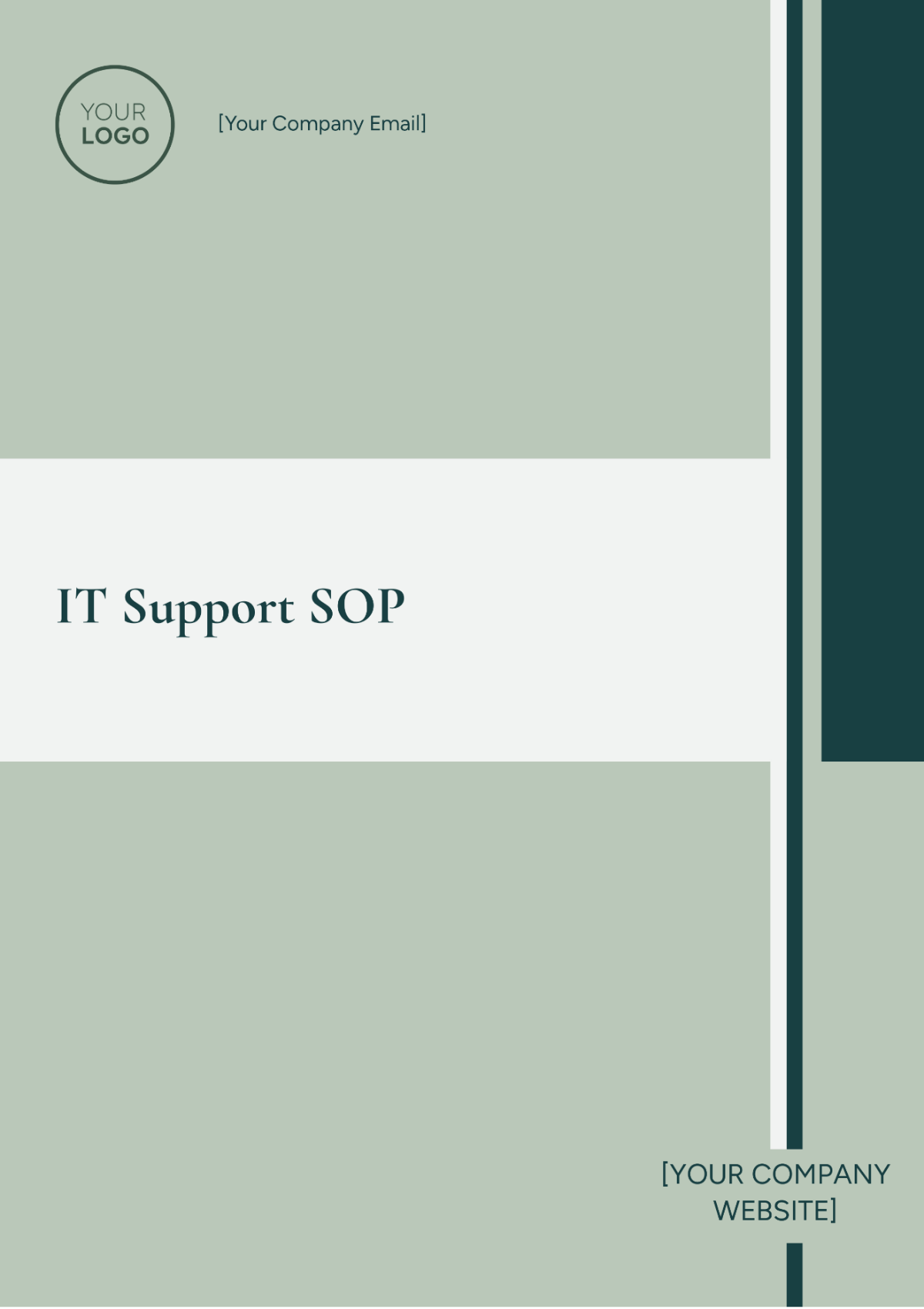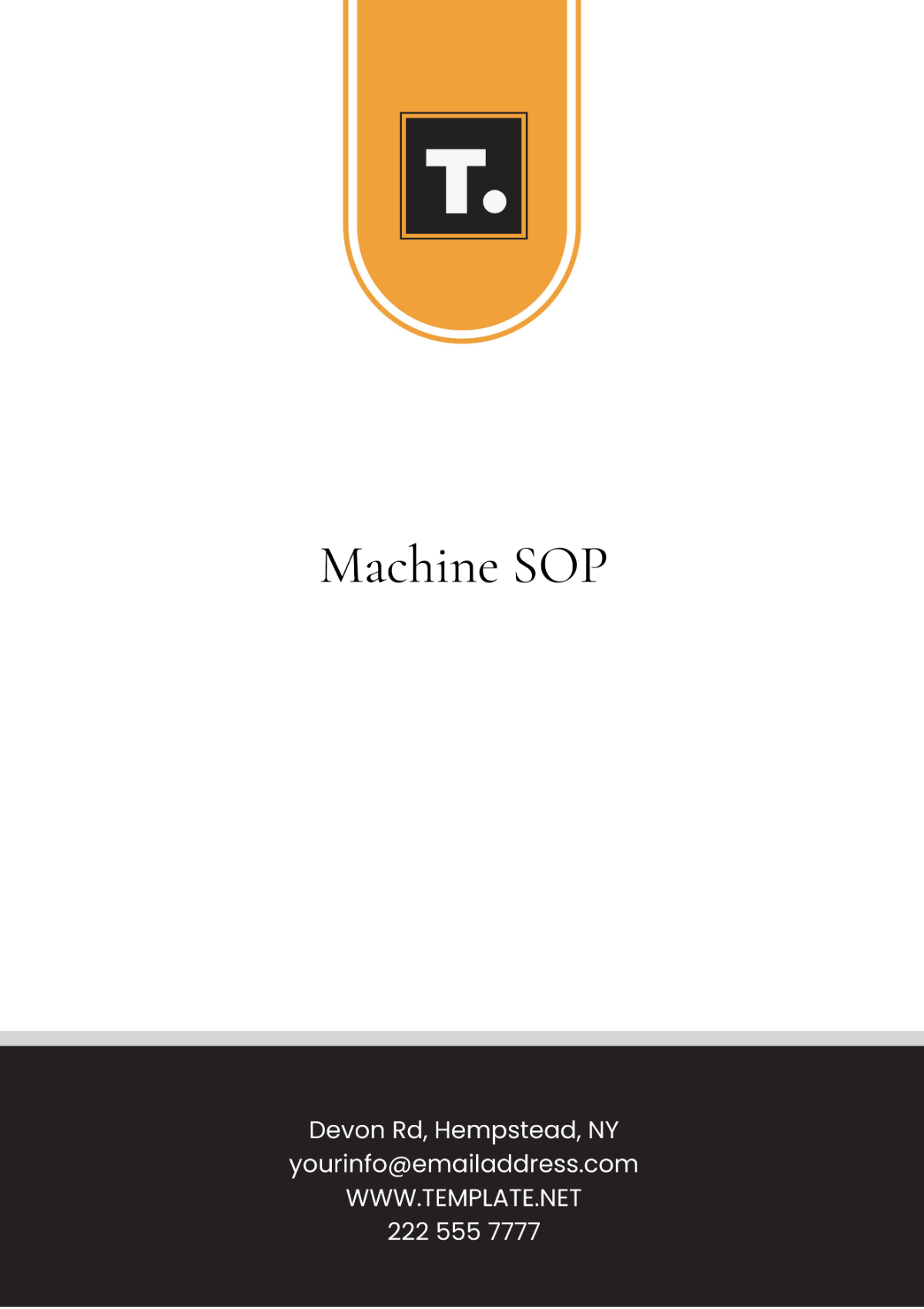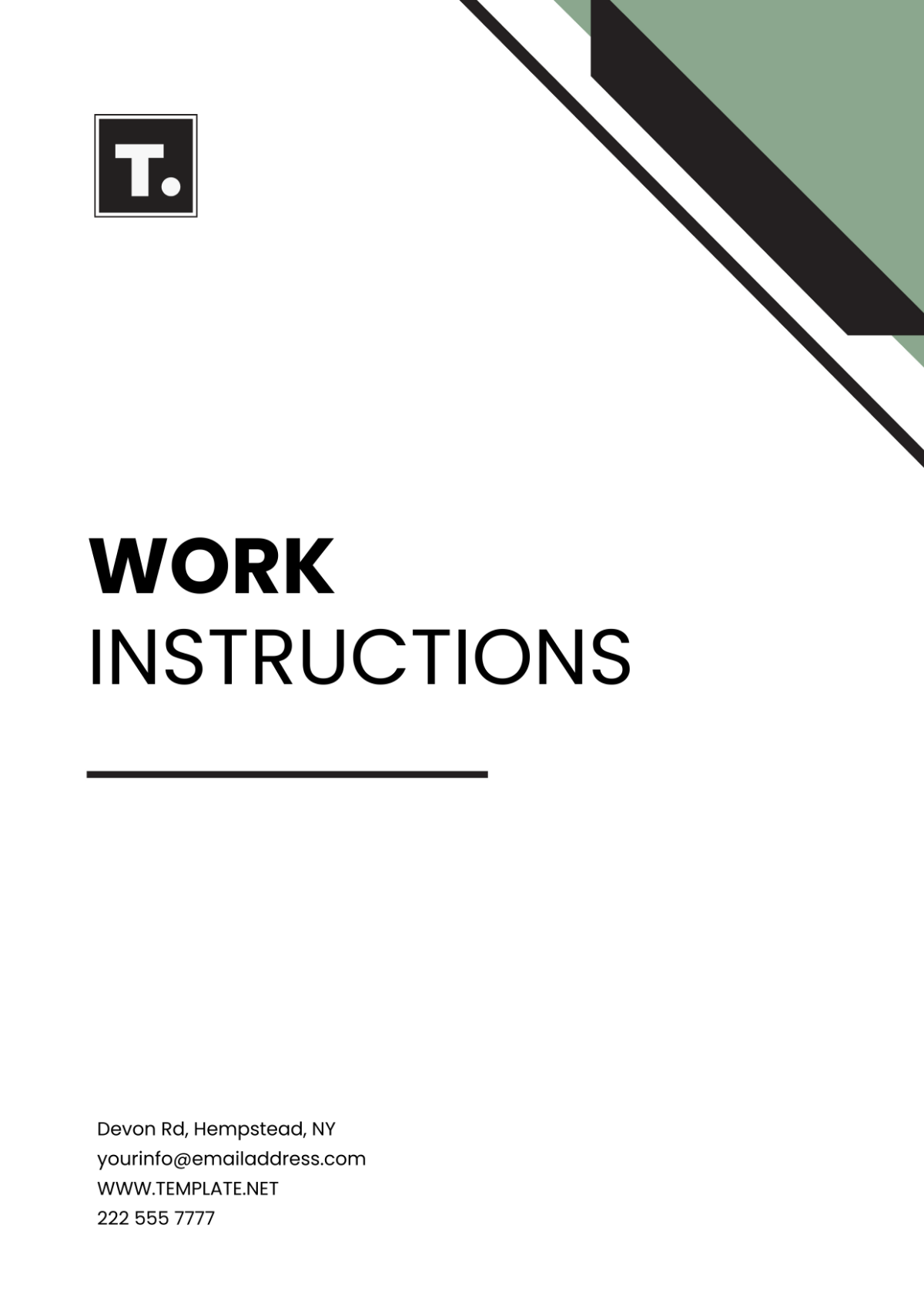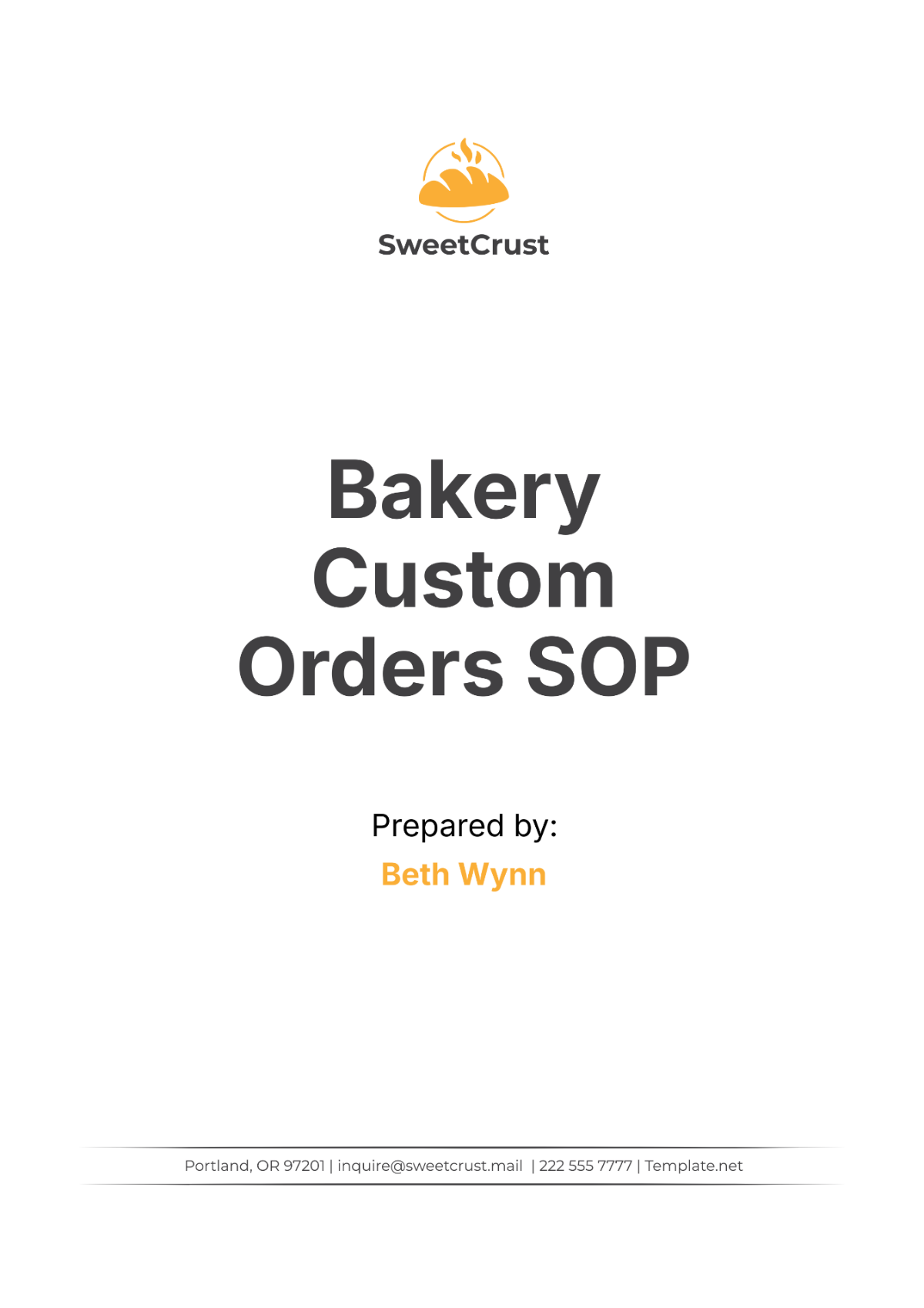Amusement Park SOP
I. Introduction
A. Purpose
The purpose of this Standard Operating Procedure (SOP) is to ensure the safe, efficient, and enjoyable operations within [Your Company Name] Amusement Park. This document serves as a comprehensive guide for all operational processes, safety guidelines, and guest service protocols. Adhering to these instructions is crucial for maintaining high standards of service, ensuring customer satisfaction, and prioritizing safety at all times.
B. Scope
This SOP applies to all staff members, including management, ride operators, maintenance personnel, food service employees, customer service representatives, and security staff. It covers various areas, including the operation of rides and attractions, guest service protocols, emergency procedures, cleanliness standards, and safety protocols. Each section is designed to provide clarity on the responsibilities and expectations of all employees while ensuring a cohesive operation across the park.
II. General Operations
A. Park Opening and Closing Procedures
1. Park Opening
1.1 Pre-Opening Checklist
The opening of the park is a critical process that sets the tone for the entire day. To facilitate a smooth opening, all staff must arrive [2] hours before the park opens. The following tasks must be completed as part of the pre-opening checklist:
Daily Briefing: A daily briefing is conducted by the park manager to assign roles and discuss any updates, special events, or weather conditions that may affect operations. All employees are expected to attend and engage in discussions.
Safety Inspections: All rides and attractions must undergo a thorough safety inspection to ensure they are in optimal working condition. This includes checking mechanical functions, safety features, and emergency systems. Each inspection should be documented, and any issues must be reported immediately to the maintenance team.
Cleanliness Standards: Cleaning crews are responsible for ensuring that all areas of the park, including restrooms, food courts, and common spaces, are spotless and presentable for guests. A cleanliness checklist should be utilized to track progress.
Guest Access: Gates must open [30] minutes before the official opening time to allow guests to enter the main plaza. During this time, customer service representatives should be stationed to assist guests with any inquiries.
Task | Responsible Personnel | Time Allotted |
|---|---|---|
Daily briefing | Park Manager | [15] minutes |
Safety inspection | Maintenance Team | [1] hour |
Cleanliness check | Cleaning Crew | [1] hour |
Guest service stations setup | Customer Service Team | [30] minutes |
1.2 Employee Roles at Opening
The success of the park's opening hinges on the effective performance of various employee roles:
Park Manager: Responsible for overseeing all operations during the opening and ensuring that each team is functioning as intended. The manager will also serve as the primary contact for any issues that arise during this period.
Ride Operators: These employees must inspect and operate rides safely, adhering to all safety protocols and procedures. Their ability to communicate effectively with guests is also essential, as they must provide clear instructions regarding ride safety and operations.
Customer Service Team: Stationed at ticket booths, information centers, and guest service counters, these staff members are the first point of contact for guests. They are responsible for processing ticket sales, answering questions, and providing information about park attractions and services.
Security Personnel: Responsible for monitoring the entrance and parking areas to manage crowd control and address any security concerns. They should remain vigilant and approachable, ready to assist guests as needed.
2. Park Closing
2.1 Pre-Closing Checklist
As the day comes to an end, a systematic approach to closing the park is essential to ensure a smooth transition:
Closing Announcement: An announcement must be made [1] hour before the park's closing time to inform guests of the impending closure. This announcement should be made through all communication channels available within the park, including loudspeakers and digital screens.
Final Safety Checks: Ride operators must begin final rounds of safety checks as soon as the last guest exits the ride. This ensures that all rides are secured and that safety protocols are followed before leaving the park.
Food and Merchandise Closure: All merchandise and food service stations should start closing [30] minutes prior to park closure. Staff should ensure that any remaining inventory is properly stored or disposed of according to safety and health regulations.
Security Walkthrough: A final walkthrough by security must be performed after the last guest leaves to ensure no one remains inside the park. This is also a chance to check for any safety hazards or maintenance needs that may arise overnight.
Task | Responsible Personnel | Time Allotted |
|---|---|---|
Closing announcement | Customer Service Team | [15] minutes |
Final ride inspections | Ride Operators | [30] minutes |
Closing food and retail | Food & Retail Staff | [30] minutes |
Security sweep | Security Team | [30] minutes |
Final report submission | All Department Heads | [1] hour after close |
2.2 Employee Roles at Closing
Each employee plays a crucial role during the closing procedure:
Park Manager: Oversees the entire park closure, ensuring that all departments are completing their responsibilities effectively. The manager collects final reports from department heads and ensures all safety protocols are followed.
Ride Operators: Conduct final safety and equipment shutdown procedures to prepare for the next day’s operations. They must ensure all ride mechanisms are secured and log any maintenance issues that need to be addressed.
Security Personnel: Ensure the safe exit of guests and staff and secure the park premises. They will conduct a final check of all areas and report any incidents or concerns to the park manager.
III. Ride Operations
A. Ride Safety Protocols
1. Pre-Ride Inspection
Prior to the opening of the park, all rides must undergo a comprehensive pre-ride inspection. This is critical to ensuring guest safety:
Daily Safety Checks: All rides must undergo a daily safety inspection [2] hours before the park opens. This includes checking all safety restraints, mechanical functions, and emergency stop systems. Each ride operator must document their findings in a daily logbook.
Maintenance Logs: Each inspection should be documented in the maintenance logs, which are crucial for tracking the history of each ride. Any issues or irregularities must be reported immediately to maintenance personnel for prompt attention.
2. Guest Instructions and Safety
Ensuring guest safety is paramount during ride operations:
Pre-Ride Safety Briefing: Before each ride, guests must receive a safety briefing that includes information on height requirements, health restrictions, and how to safely enjoy the ride. These instructions should be presented both verbally and through visual displays for clarity.
Safety Restraint Checks: Ride operators must ensure that all safety restraints are properly fastened before the ride begins. This involves visually inspecting each guest and, if necessary, providing assistance to ensure that everyone is secure.
Ride Name | Height Requirement | Health Restrictions | Safety Briefing |
|---|---|---|---|
Roller Coaster A | [48] inches | Pregnant women, heart conditions | Must be given verbally |
Ferris Wheel B | [42] inches | Claustrophobia | Must be demonstrated |
Drop Tower C | [54] inches | Back or neck problems | Must include visual aids |
B. Emergency Stop Procedures
1. Emergency Situations
In the event of an emergency, ride operators must follow established protocols to ensure the safety of all guests:
Emergency Stop Usage: In the case of mechanical failure or a guest emergency, all rides are equipped with an emergency stop button that must be used immediately. Operators should be trained to activate this button efficiently without causing panic among guests.
Communication Protocol: Ride operators must call the maintenance team and report the incident to the park manager as quickly as possible. Clear and concise communication is essential during emergencies to ensure swift action can be taken.
2. Evacuation Protocol
In emergencies requiring evacuation, established procedures must be followed to ensure guest safety:
Evacuation Assistance: If an evacuation is necessary, ride operators must assist guests in exiting safely. This may involve guiding them to emergency exits or providing them with instructions on how to exit the ride calmly.
On-Site Medical Response: Security personnel and the medical team must be on standby to handle any injuries or concerns that arise during the evacuation process. A well-coordinated response is crucial for managing guest safety.
C. Maintenance of Rides
1. Weekly Maintenance
To ensure ongoing safety and reliability, each ride must undergo a rigorous weekly maintenance routine:
Comprehensive Checks: Each ride must undergo a comprehensive maintenance check once a week, in addition to daily inspections. This includes examining major components such as hydraulics, electrical systems, and structural integrity to prevent mechanical failures.
Documentation: Maintenance personnel must document all inspections and repairs in a maintenance log to maintain transparency and accountability. This documentation is vital for compliance with safety regulations and for planning future maintenance needs.
2. Monthly Audits
External audits play an important role in maintaining ride safety:
External Inspections: Every [30] days, an external inspection team should be brought in to audit the rides for any potential risks or necessary upgrades. These teams provide an objective assessment and help identify areas for improvement that may not be evident to internal staff.
Audit Reporting: A maintenance report will be compiled and submitted to park management for review. This report should highlight any issues discovered during the audit, recommendations for repairs or upgrades, and an action plan for implementation.
IV. Guest Services
A. Ticketing and Admissions
1. Pricing Structure
The following table outlines the pricing structure for admission to [Your Company Name] Amusement Park, designed to accommodate different types of visitors:
Ticket Type | Price | Inclusions |
|---|---|---|
General Admission | $[50] | Access to all rides and shows |
VIP Admission | $[100] | Priority access, free meals |
Family Package (4 pax) | $[180] | Discounted rate for families |
Annual Pass | $[250] | Unlimited access for [1] year |
Discount Programs: Additional discounts may be offered for groups of [15] or more, senior citizens, and military personnel. These programs aim to enhance accessibility and encourage larger groups to visit the park together.
2. Entrance Procedures
To streamline the entry process, the following entrance procedures are implemented:
Arrival Time: Guests should arrive [30] minutes before opening to allow adequate time for ticket checks and security screening. This helps prevent long lines and ensures a smooth entry process.
VIP Entry Lane: VIP guests have a separate entrance to expedite their entry into the park. This lane should be clearly marked and staffed with knowledgeable personnel to assist guests and answer any questions.
3. Refund Policy
To build trust and accountability with guests, the park implements the following refund policies:
Refund Eligibility: Refunds are available if rides are down for more than [2] hours due to maintenance or adverse weather conditions. This policy is designed to ensure that guests receive fair compensation for their experience.
Refund Application: Guests can apply for refunds at the customer service desk or online through the park’s official website. Staff members should be trained to assist guests in this process efficiently and courteously.
B. Food and Beverage Services
1. Hygiene Standards
Maintaining high hygiene standards is essential for food service operations:
Employee Health Regulations: All food handlers must wear gloves, hairnets, and masks while preparing food. Regular health checks should be conducted to ensure compliance with health regulations.
Sanitation Procedures: Food stations must be sanitized every [2] hours, or more frequently during peak times, to prevent contamination. A cleaning log should be maintained to document these actions and ensure accountability.
2. Menu and Pricing
The following table outlines the food and beverage options available at [Your Company Name] Amusement Park, ensuring variety and quality:
Item | Price | Category | Description |
|---|---|---|---|
Hamburger Combo | $[12] | Fast Food | Served with fries and a soft drink |
Veggie Wrap | $[10] | Vegetarian | Fresh vegetables wrapped in a tortilla |
Ice Cream Cone | $[5] | Dessert | Choose from multiple flavors |
Soft Drinks | $[3] | Beverage | Coke, Sprite, Diet Coke, and more |
Special Dietary Options: The park offers special dietary options, including gluten-free and vegan meals, to accommodate all guests. Menus should be clearly marked, and staff should be trained to assist guests with dietary needs.
C. Customer Feedback System
The following strategies ensure guest feedback is effectively collected and utilized:
Feedback Encouragement: Guests are encouraged to provide feedback through the park’s mobile app or physical kiosks located throughout the park. Signs promoting feedback should be displayed prominently in all areas.
Feedback Review Process: Feedback reports will be reviewed weekly by the guest service manager to identify areas for improvement. This process helps the management team make data-driven decisions regarding park operations and guest experience enhancements.
V. Emergency Procedures
A. Medical Emergencies
1. First Aid Stations
First Aid stations are strategically located throughout the park to ensure guests have access to immediate medical assistance:
Staffing and Equipment: Each station is staffed by trained medical personnel, including paramedics and nurses, during all operational hours. First Aid stations should be equipped with essential medical supplies, including bandages, ice packs, and over-the-counter medications.
Emergency Communication: In case of a medical emergency, staff should contact the nearest security personnel, who will notify the medical team and ensure that assistance is dispatched promptly. An emergency response plan should be reviewed regularly to ensure all staff are aware of procedures.
2. Incident Reporting
All incidents, whether minor or major, must be documented and submitted to park management at the end of each day:
Incident Log: An incident log must be maintained to record all medical emergencies, including details such as the nature of the incident, the response provided, and any follow-up actions required.
Insurance Reporting: Medical emergencies must be reported to the insurance team within [24] hours. Accurate documentation is critical for ensuring that the park is compliant with legal and insurance requirements.
B. Fire and Evacuation Protocols
1. Fire Alarms and Evacuation Points
The park has established protocols to ensure guest safety in the event of a fire:
Alarm System: Fire alarms are located at strategic points across the park, including ride exits, food courts, and customer service areas. Staff must be familiar with the locations of these alarms and the procedures for activating them.
Evacuation Routes: In case of fire, all guests must be guided to the nearest evacuation points, which are clearly marked with signage. Staff members should be trained to direct guests calmly and efficiently to ensure a safe exit.
2. Fire Drills
Regular fire drills play an important role in ensuring that all staff are prepared for emergencies:
Frequency of Drills: Fire drills should be conducted once every [3] months to familiarize staff with evacuation procedures and to identify any areas that may require improvement.
Guest Awareness: Guests will be informed of upcoming drills through park announcements and social media. This transparency helps reduce confusion and anxiety during actual emergencies.
VI. Security Protocols
A. Surveillance and Monitoring
1. CCTV Coverage
The security of [Your Company Name] Amusement Park is enhanced through comprehensive surveillance systems:
CCTV Installation: The park is equipped with CCTV cameras covering all areas, including entrances, exits, and high-traffic zones. This extensive network allows for real-time monitoring of activities throughout the park.
Monitoring Operations: Security staff monitor the cameras in the control room, which is operational [24] hours a day. They are responsible for identifying and addressing any suspicious activities or potential threats to guest safety.
2. Security Patrols
Regular patrols are an essential component of park security:
Patrol Assignments: Security personnel are assigned to patrol specific areas of the park, including rides, food courts, and parking lots. This proactive approach helps deter potential issues and enhances guest safety.
Patrolling Frequency: Patrolling should be done in [30]-minute intervals to ensure all areas are checked regularly. Security staff must document their patrols in a logbook to maintain accountability.
B. Lost and Found
1. Lost Children
The park has implemented specific procedures to ensure the swift recovery of lost children:
Immediate Reporting: In the event a child is lost, a report must be made to the nearest staff member, who will alert security immediately. A “Code Yellow” alert will be initiated, signaling all available personnel to assist in locating the missing child.
Tracking System: A tracking system will be employed to document the child’s last known location and ensure thorough searches of those areas. Once the child is found, they will be escorted to the nearest Lost & Found center, where parents can collect them.
2. Lost Items
A well-organized lost and found system helps guests recover their belongings:
Reporting Process: Guests can report lost items at the Lost & Found center or through the park's mobile app. Staff should be trained to assist guests in this process, ensuring they provide accurate information about the lost item.
Storage Duration: All lost items will be stored securely for [30] days, after which they will be donated or discarded. Regular checks should be conducted to ensure that the lost and found area is organized and that items are cataloged properly.
VII. Environmental Sustainability
A. Waste Management
1. Recycling Program
[Your Company Name] Amusement Park is committed to environmental sustainability, with a focus on effective waste management practices:
Recycling Infrastructure: Recycling bins are placed throughout the park for guests to dispose of paper, plastic, and aluminum products. These bins should be clearly marked with signage to encourage proper use.
Employee Training: Employees are trained to sort waste correctly and must ensure recycling bins are emptied regularly. Regular training sessions should be held to reinforce the importance of waste management and recycling practices.
2. Water and Energy Conservation
The park implements initiatives aimed at reducing resource consumption:
Water-Saving Fixtures: All park facilities are equipped with water-saving faucets and toilets to minimize water usage. Staff should be encouraged to report any leaks or issues promptly.
Energy Efficiency: The park uses energy-efficient LED lighting and has implemented a [50]% reduction in energy consumption through the use of solar panels. Regular assessments of energy consumption should be conducted to identify further opportunities for efficiency improvements.


